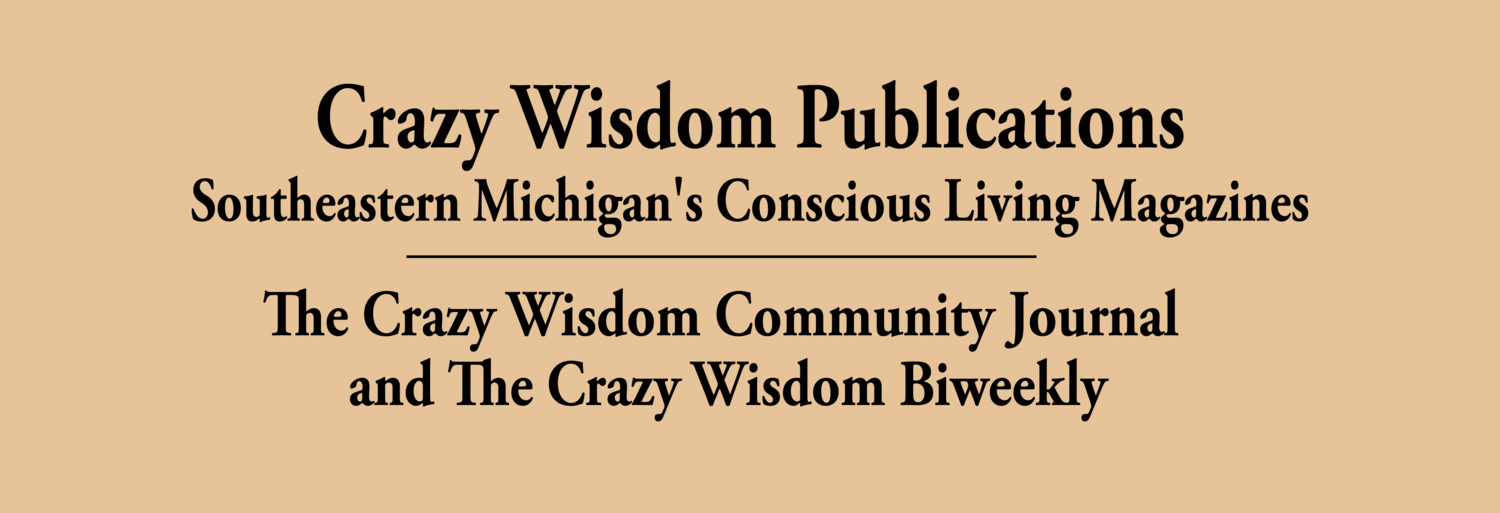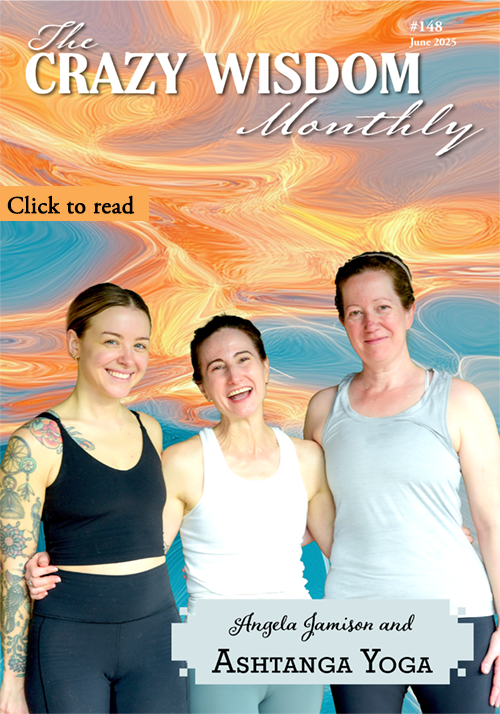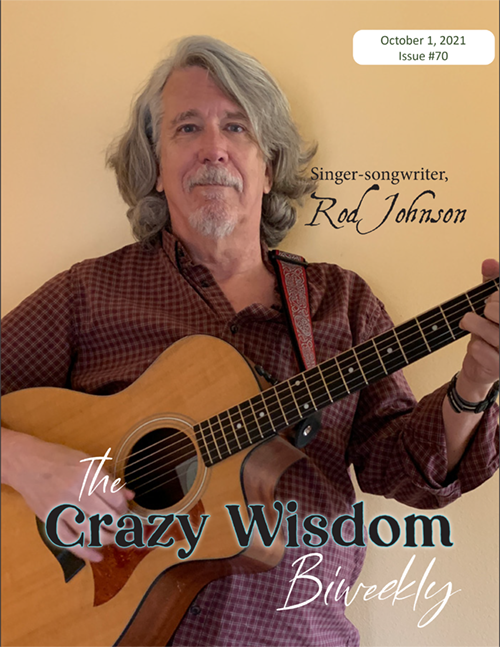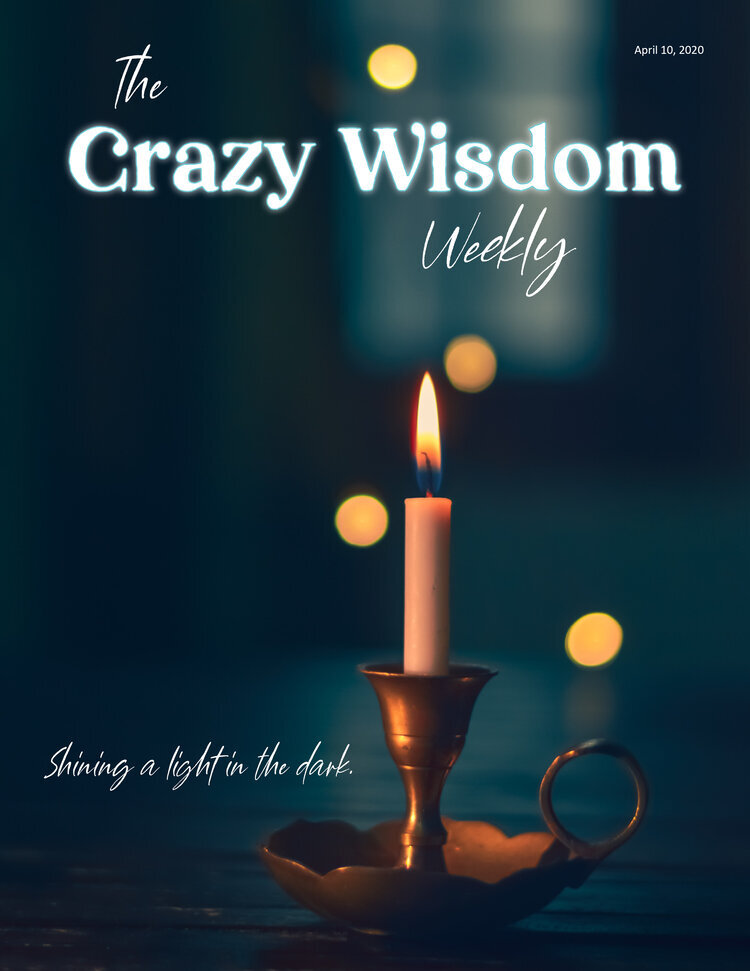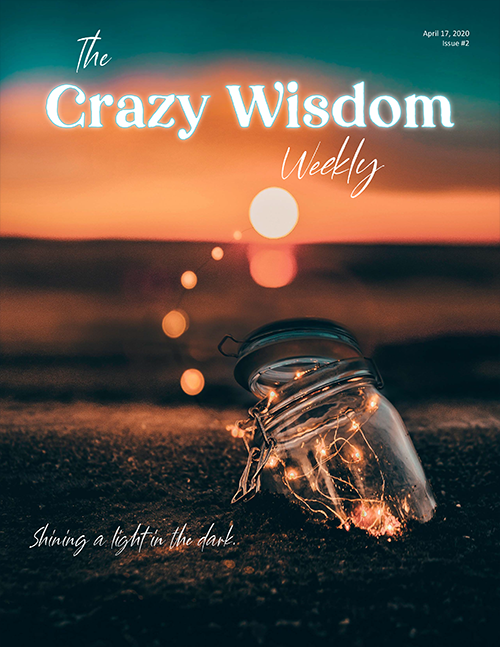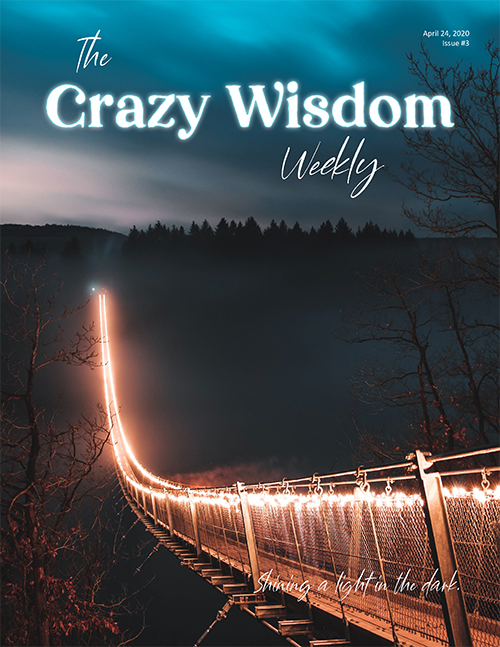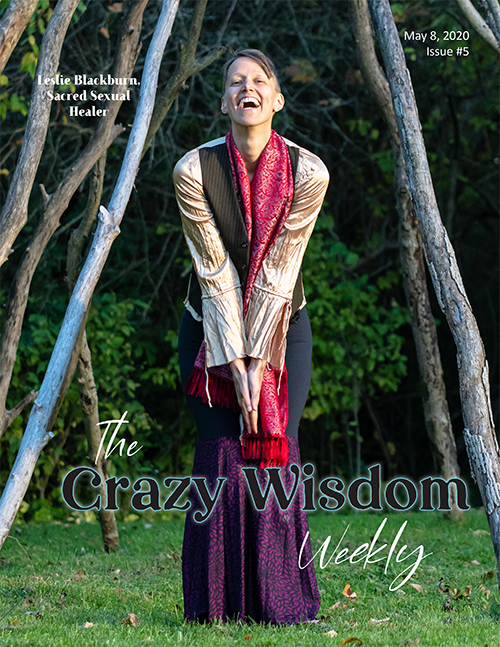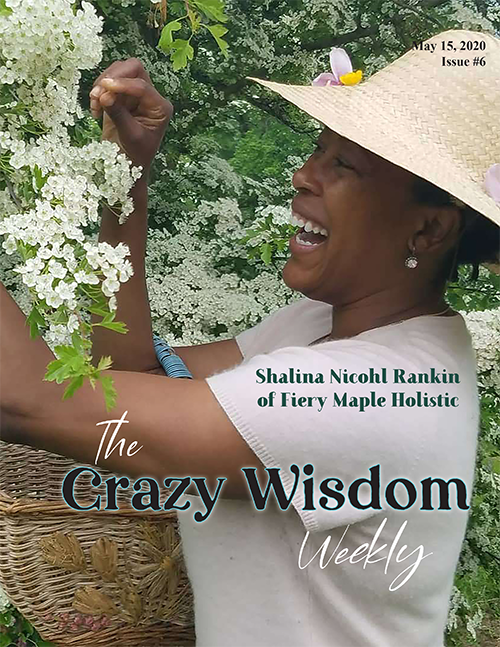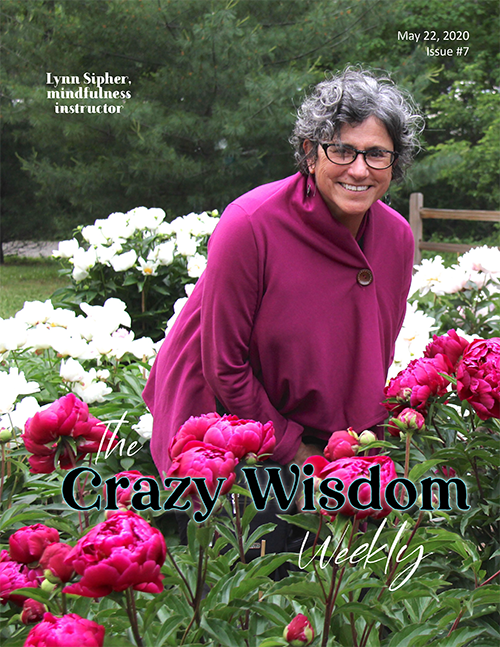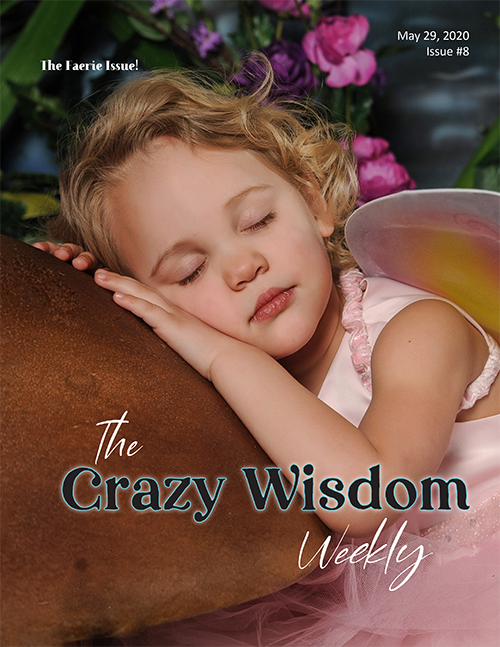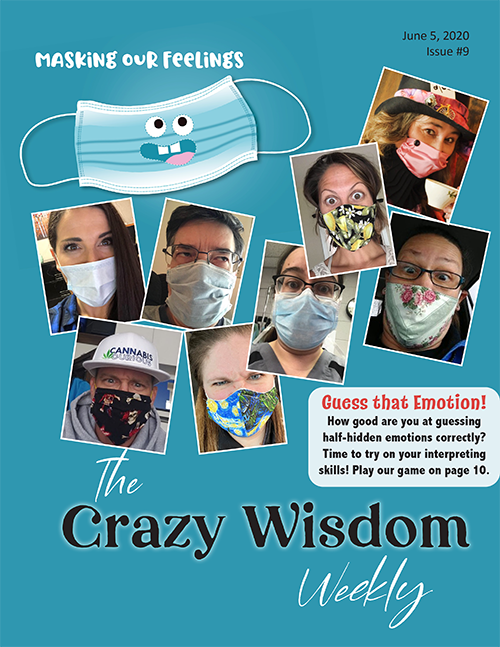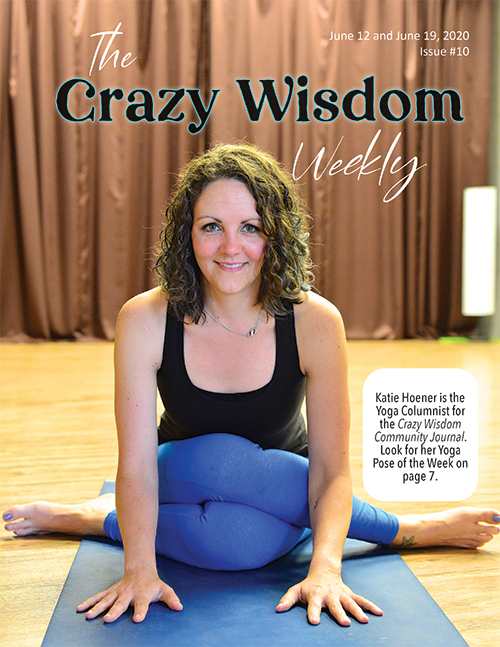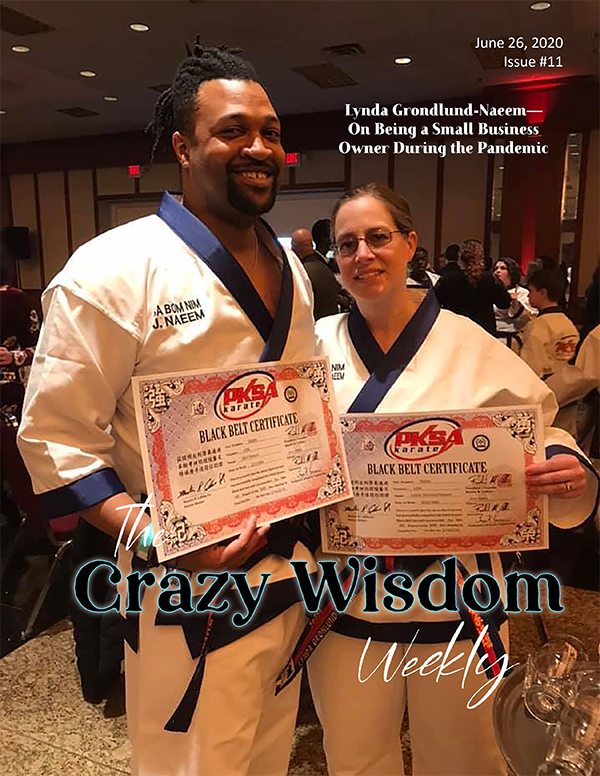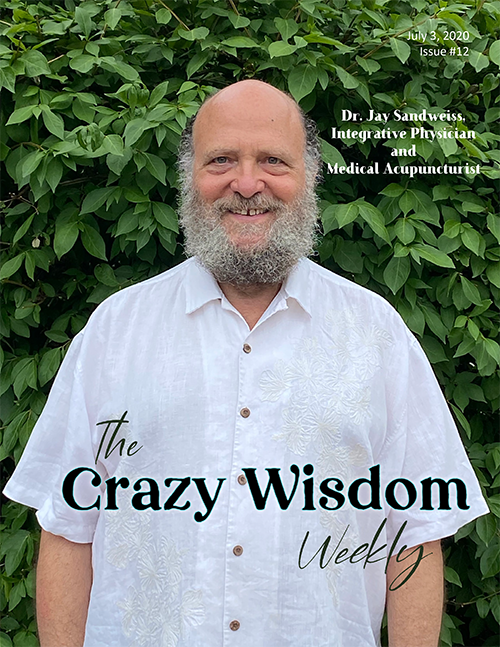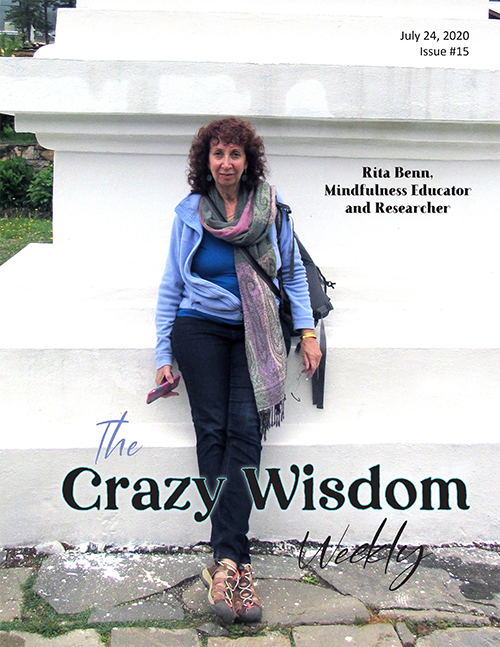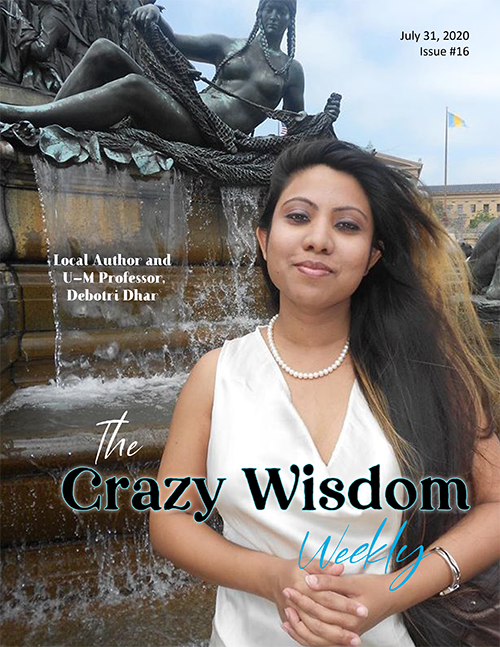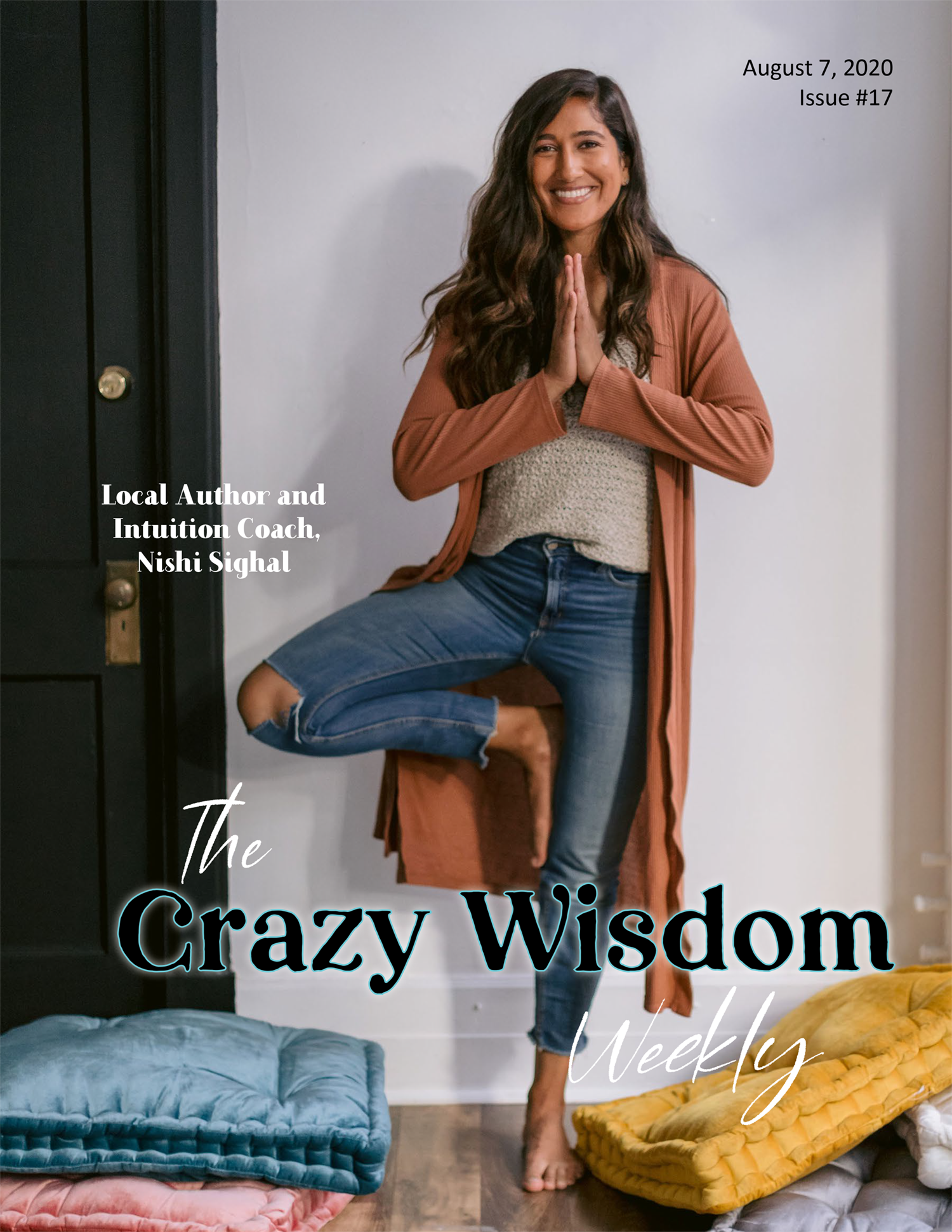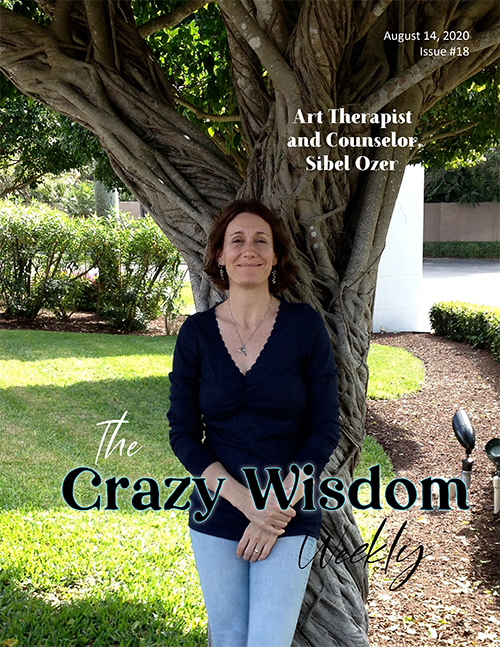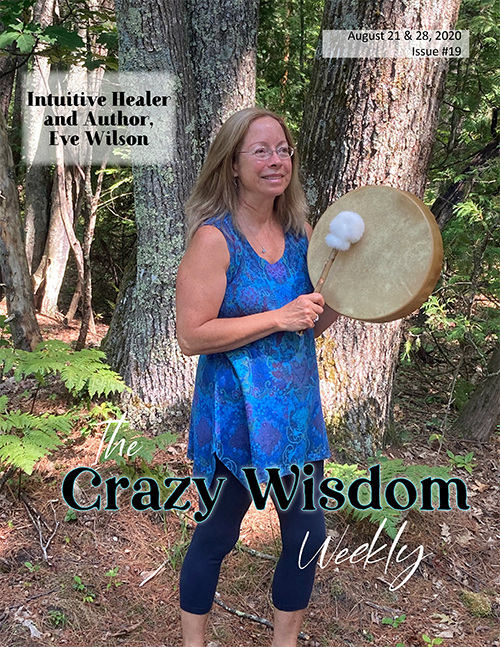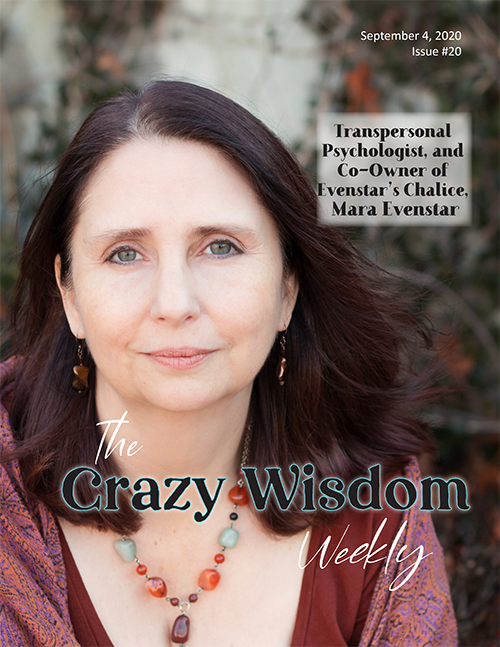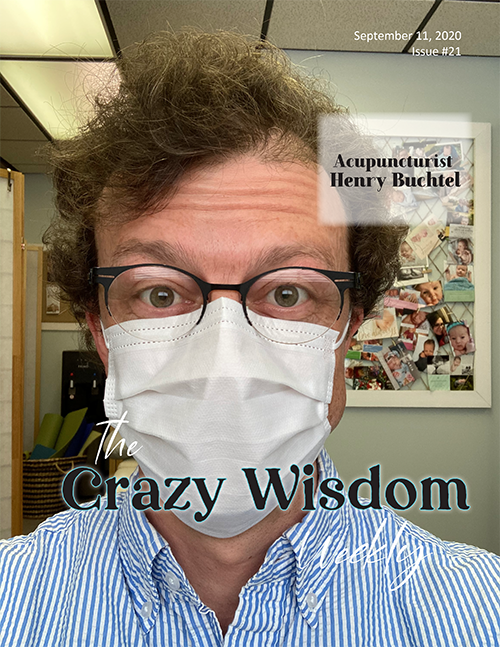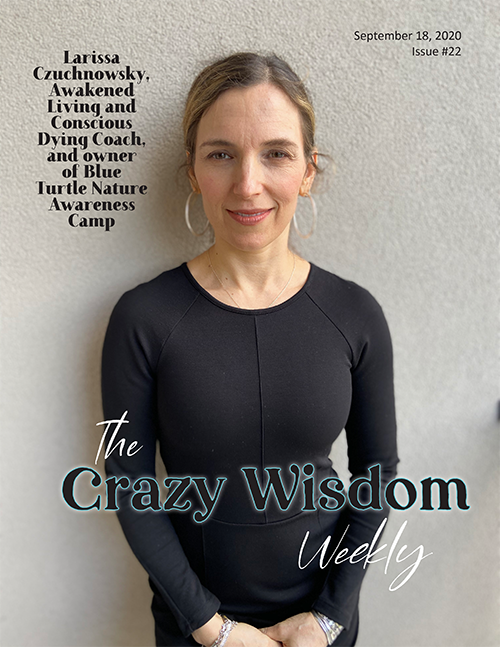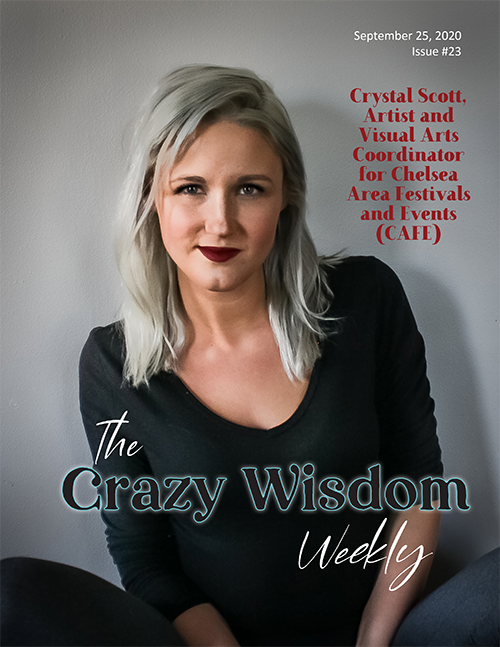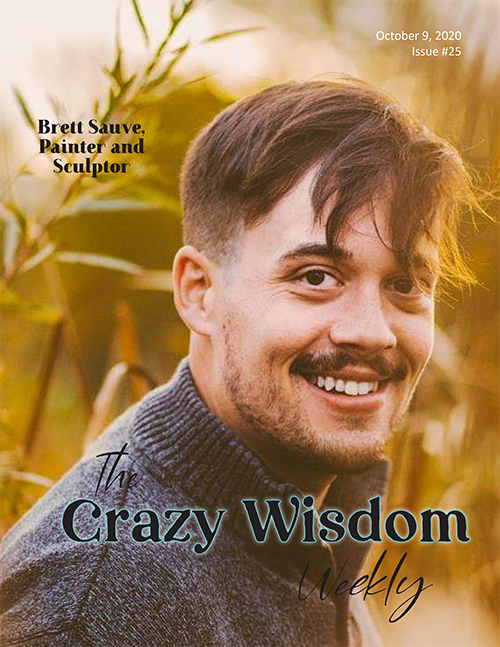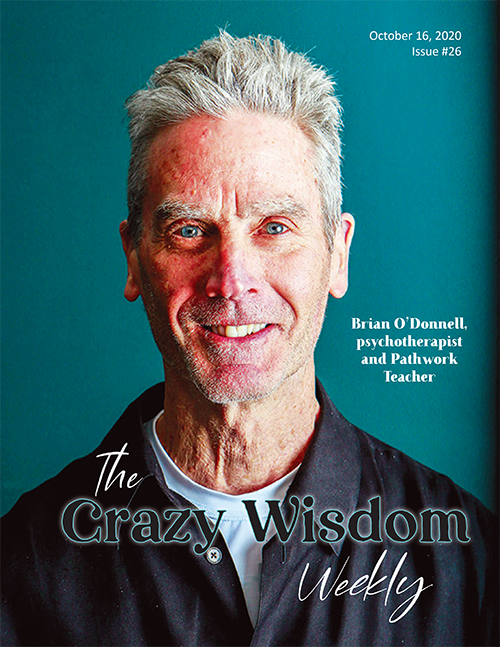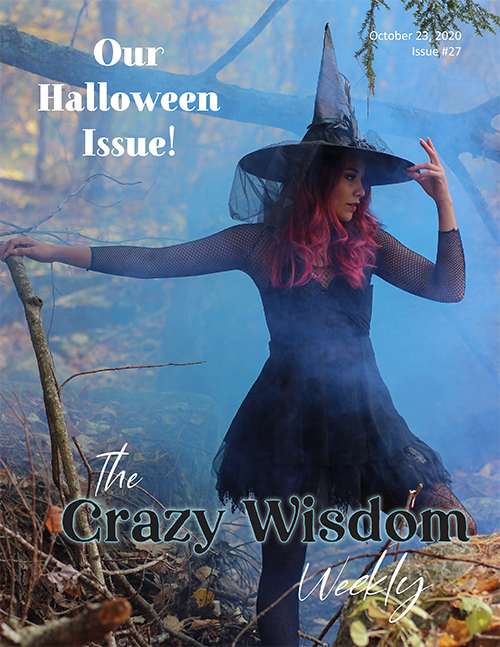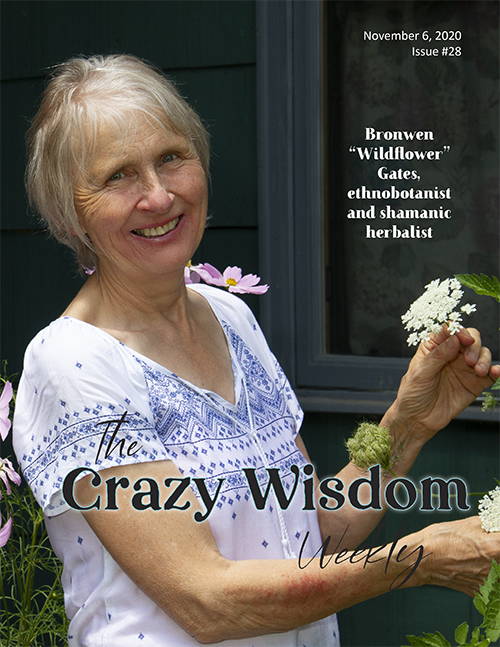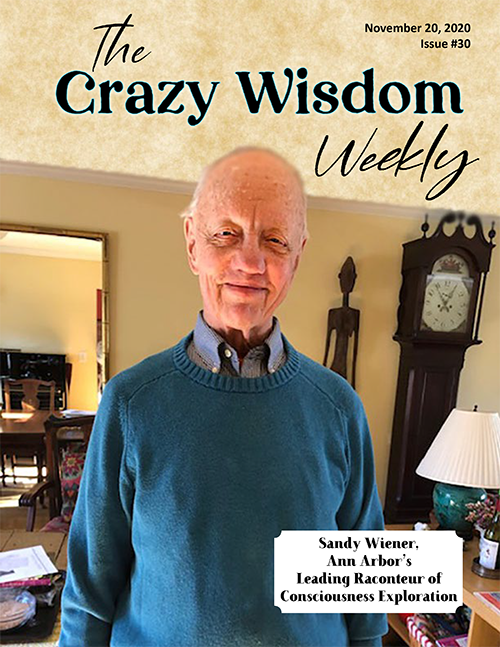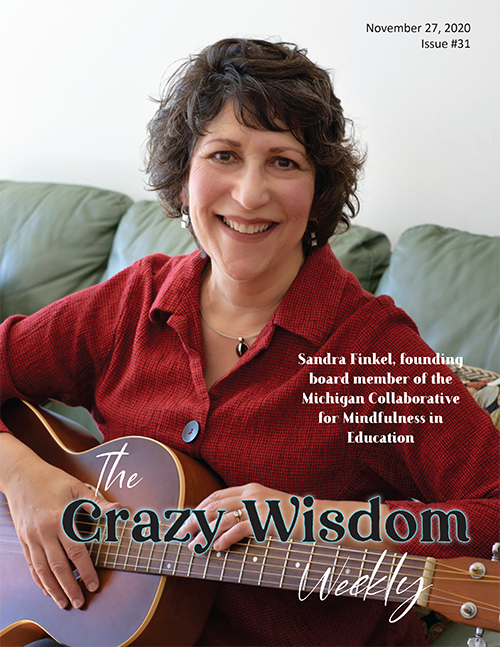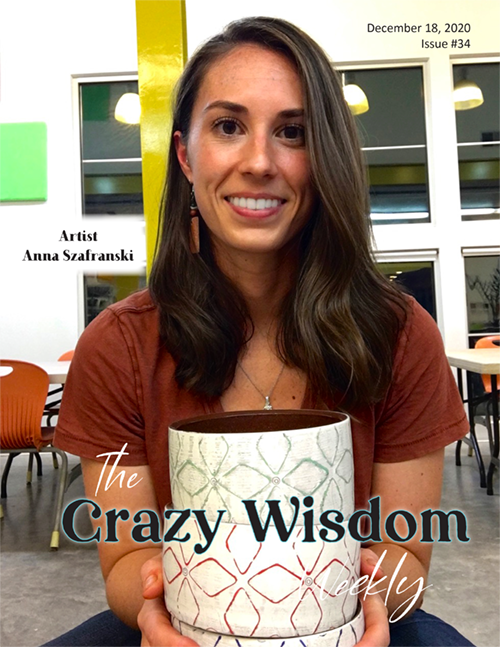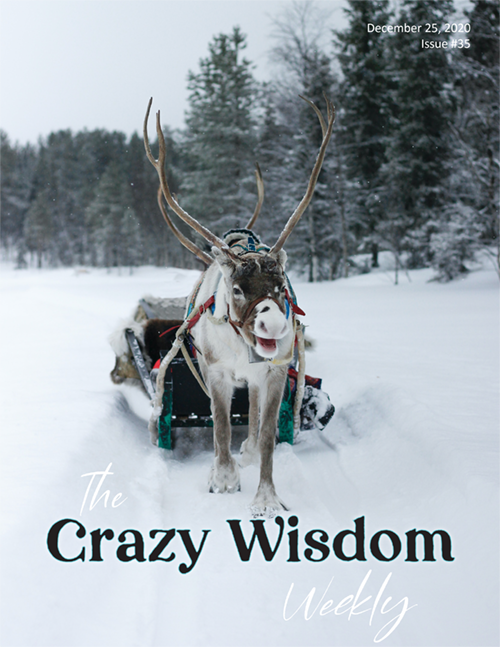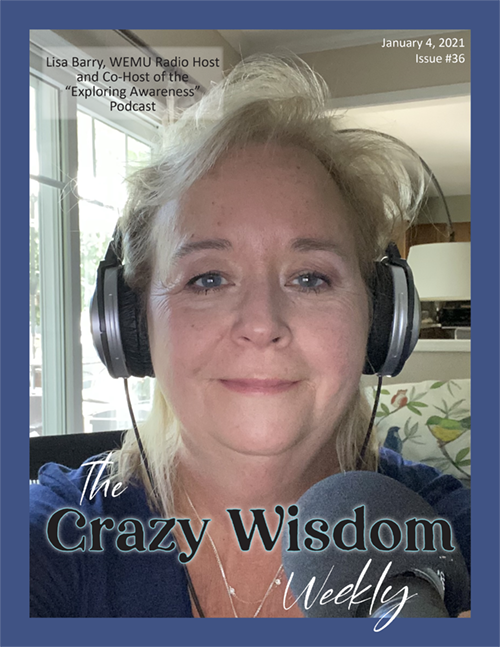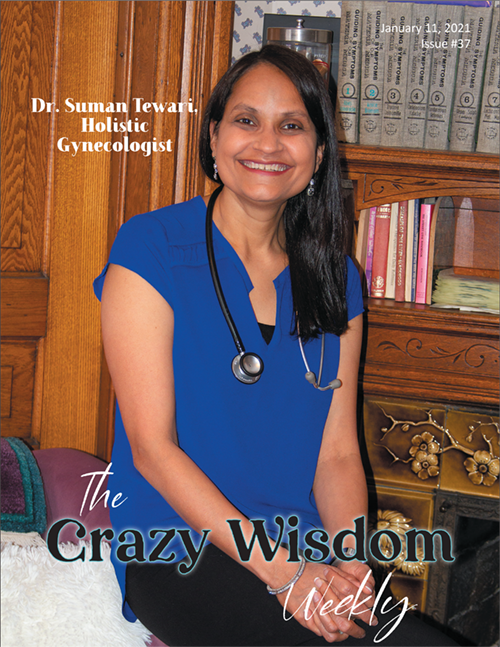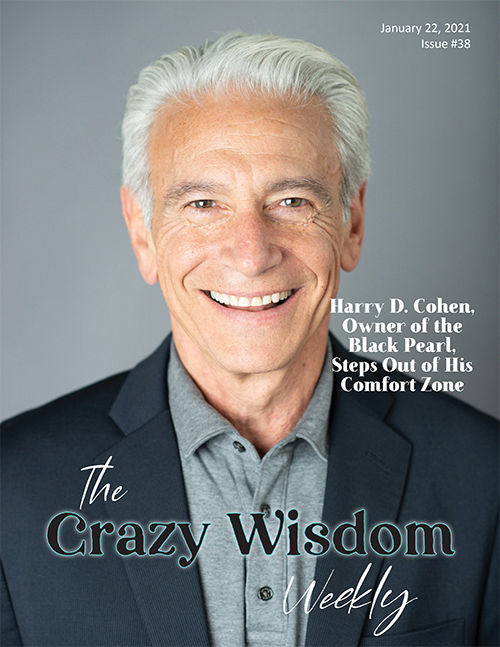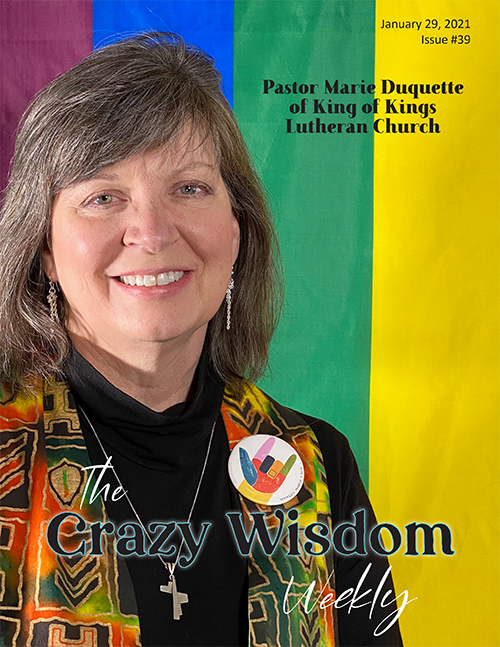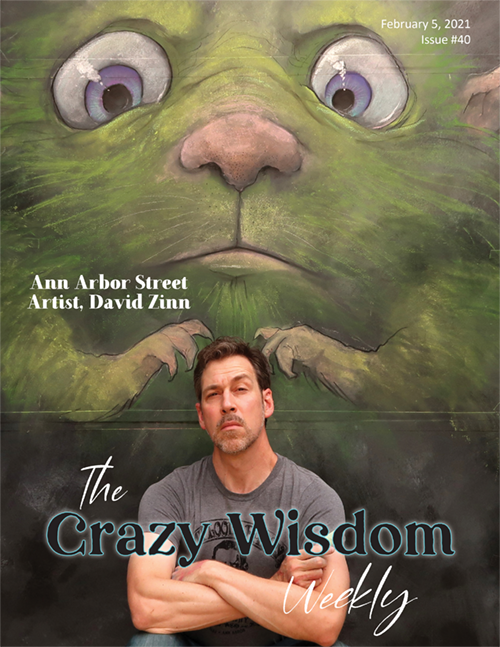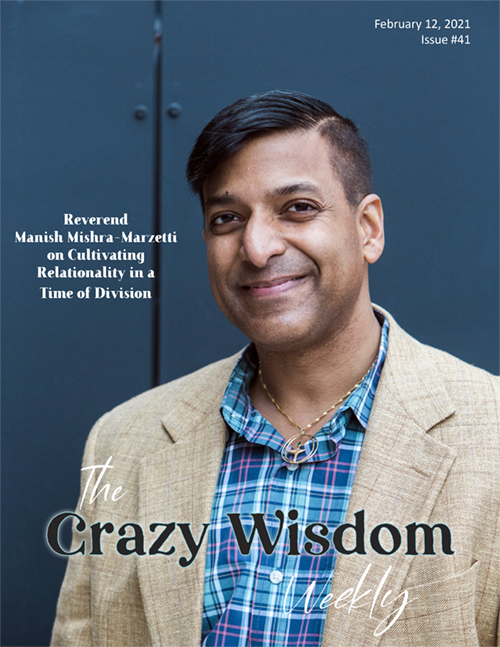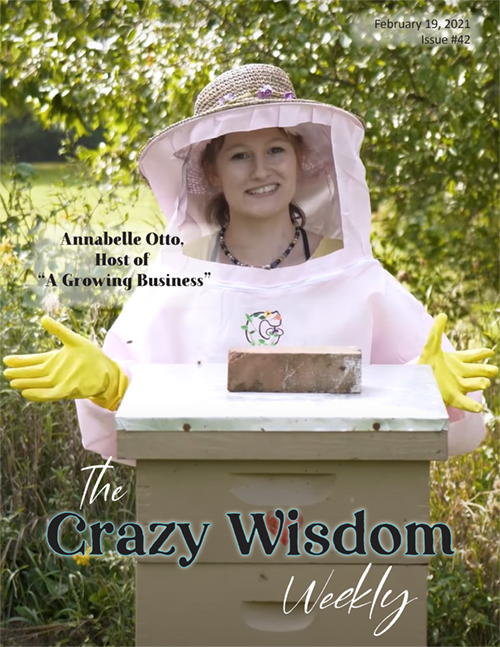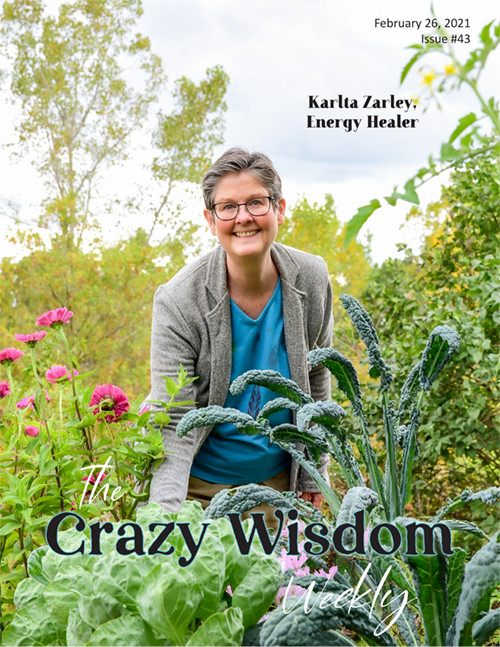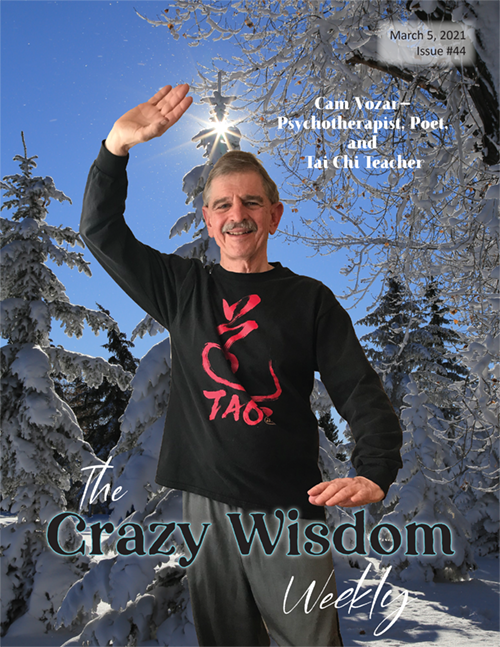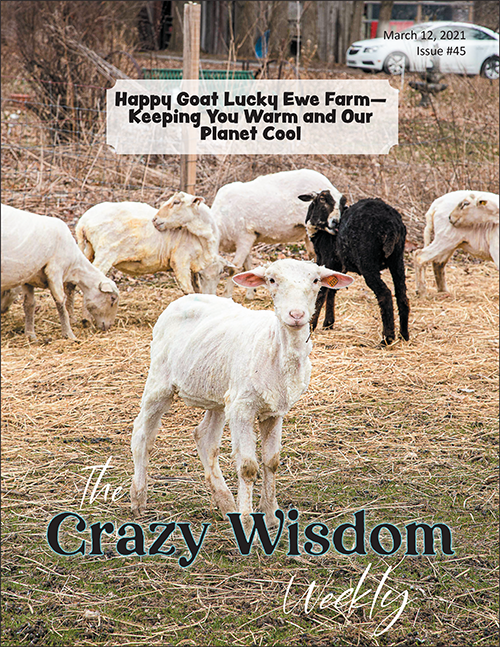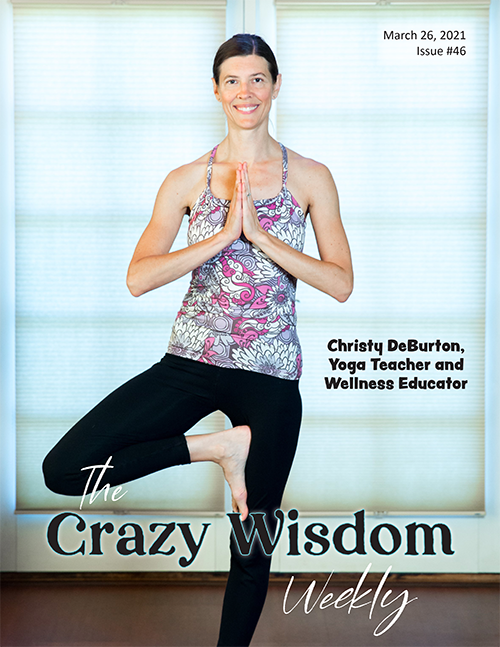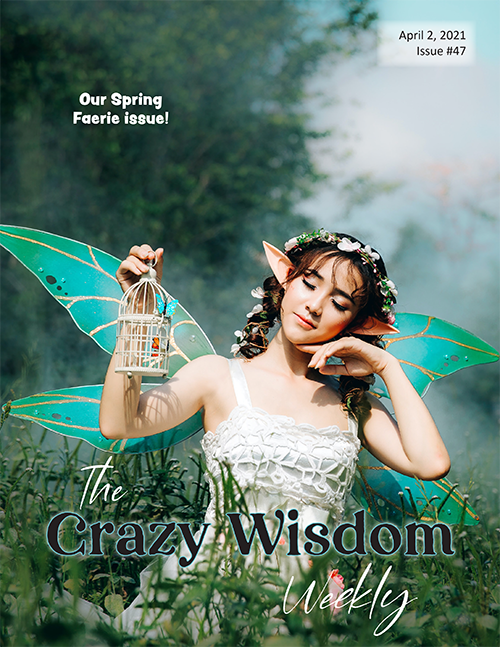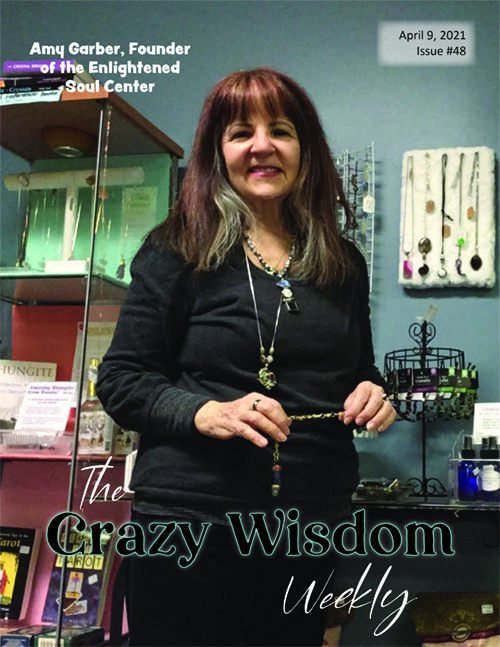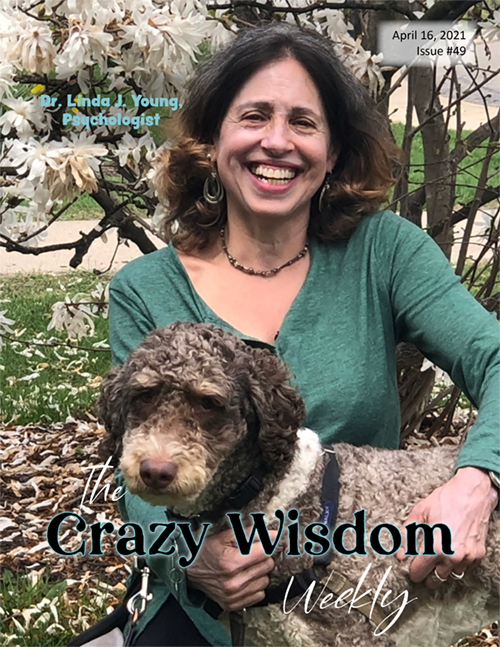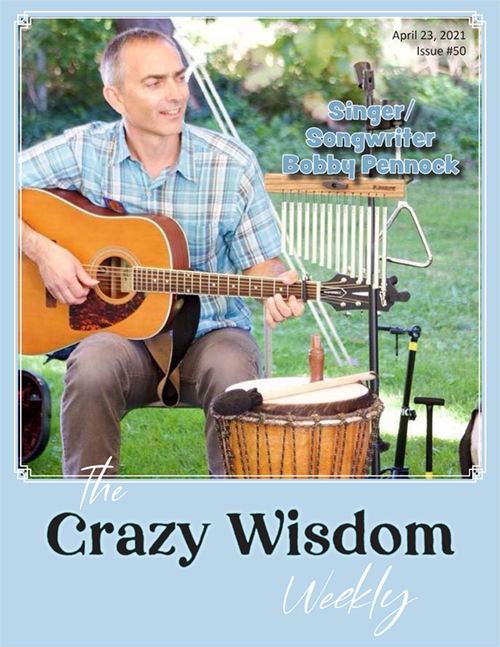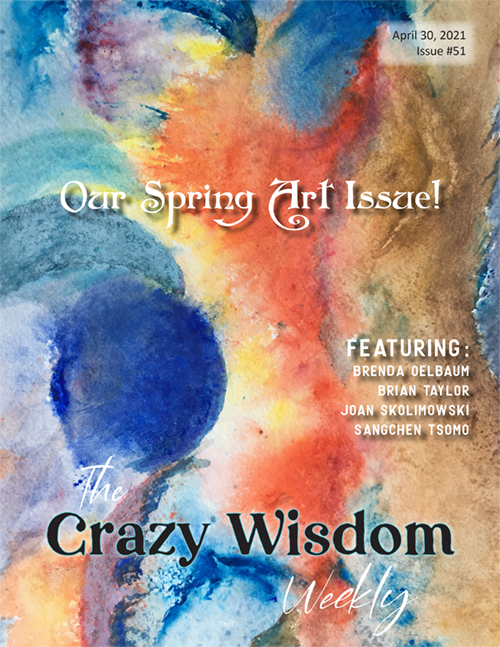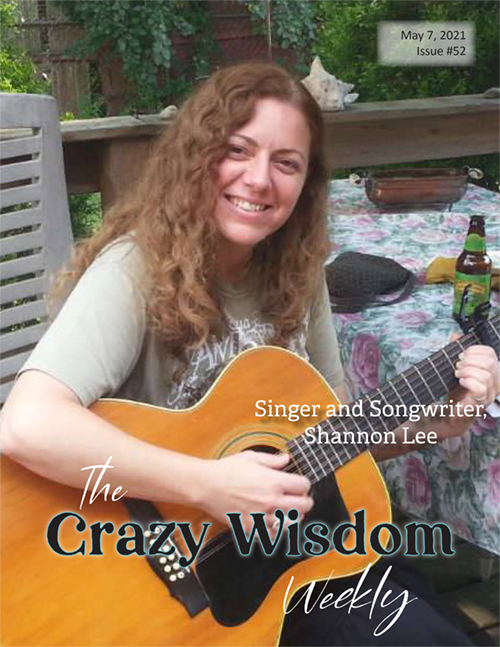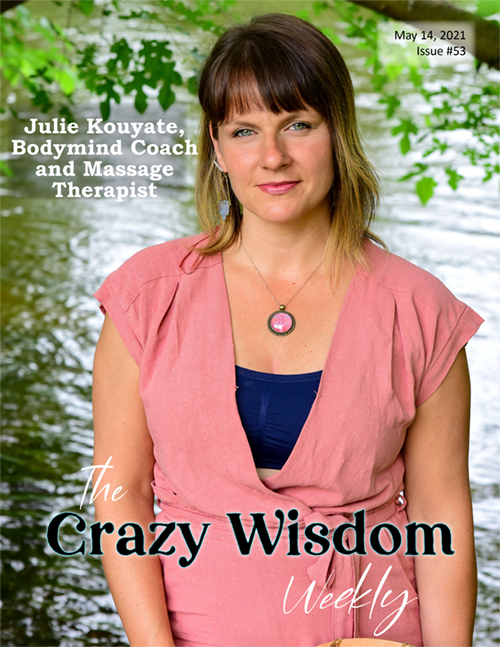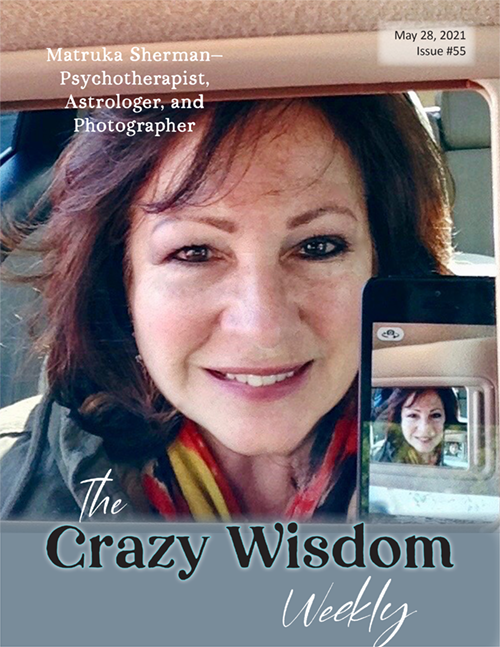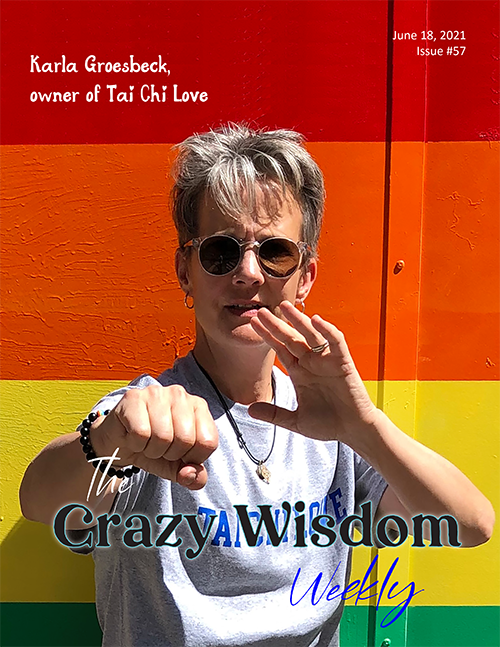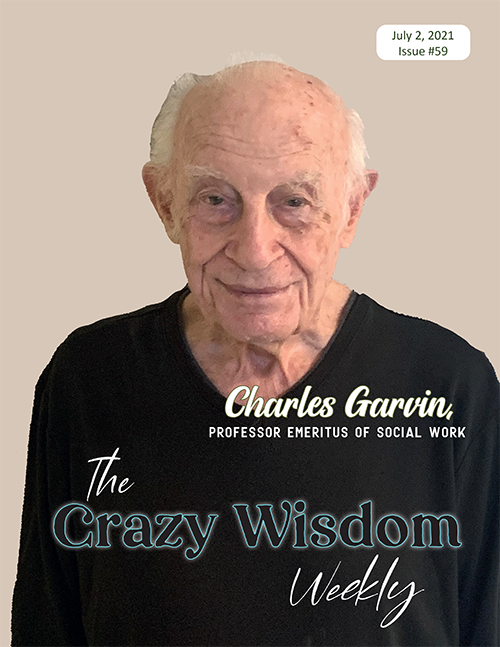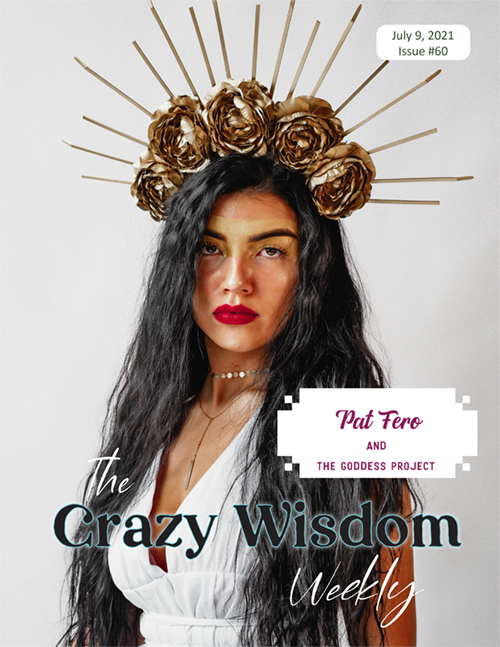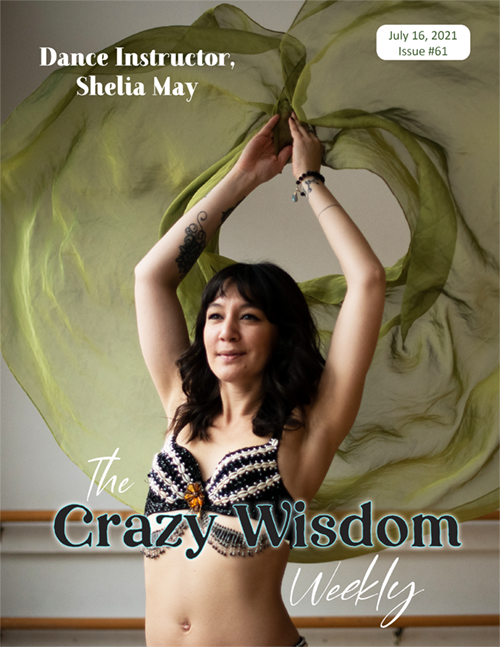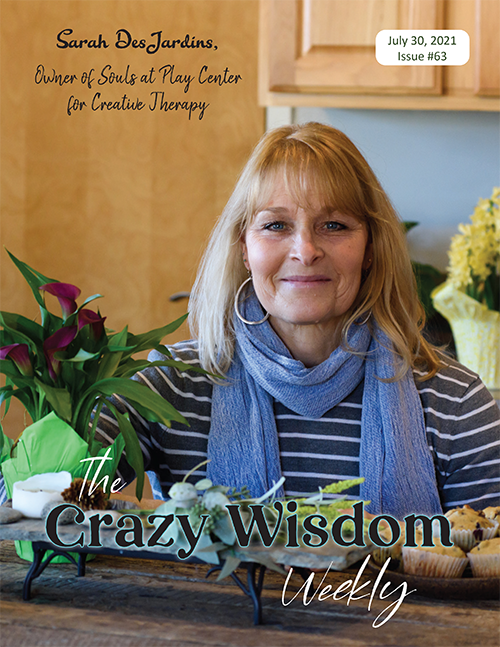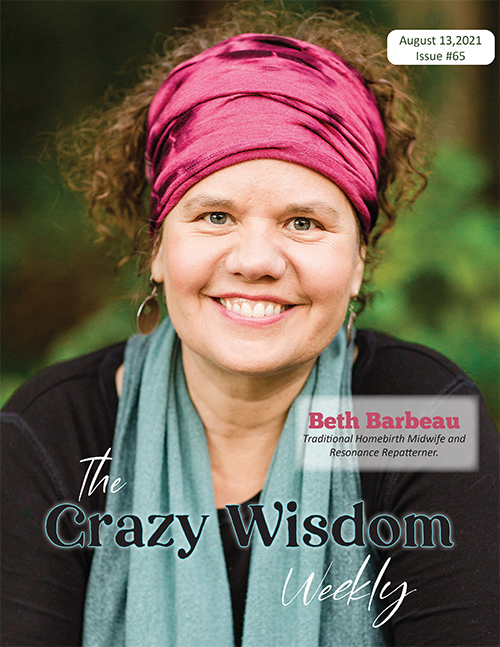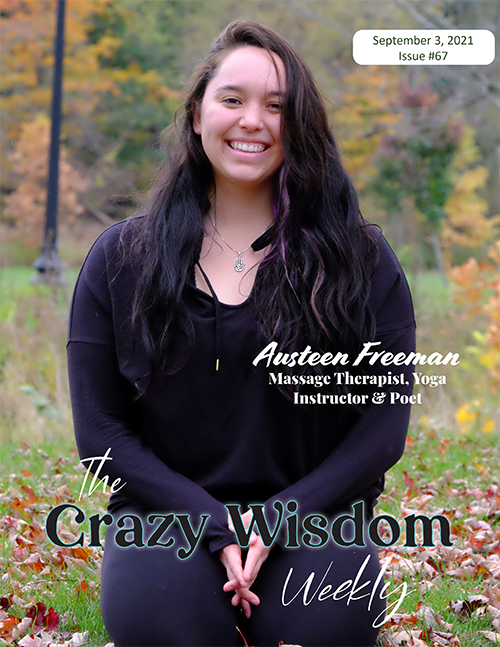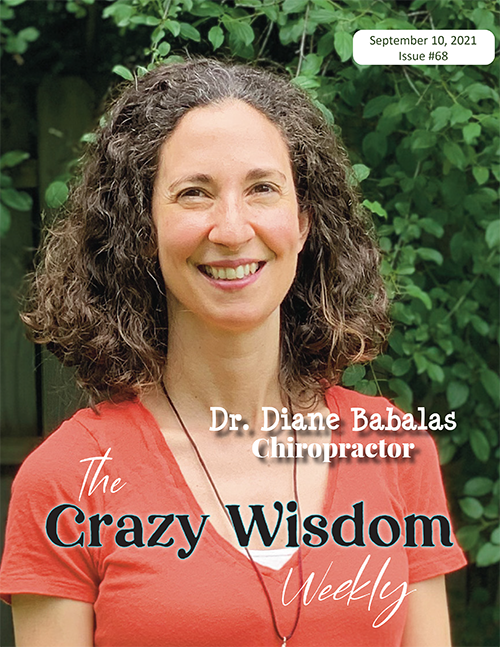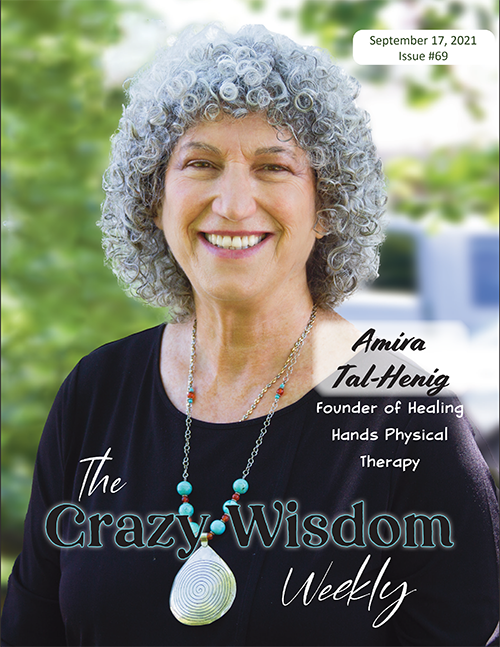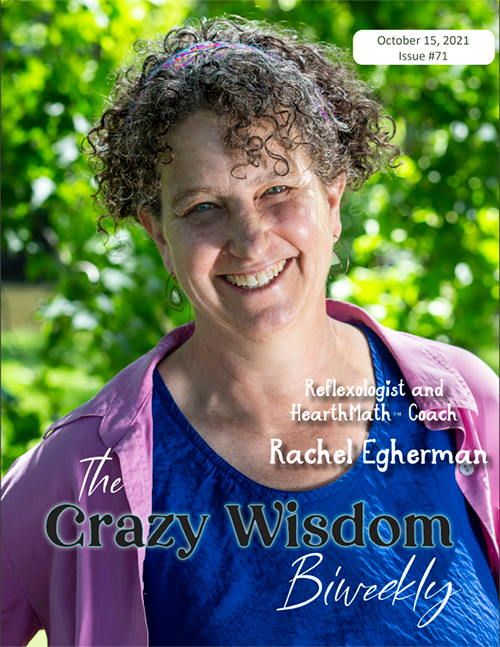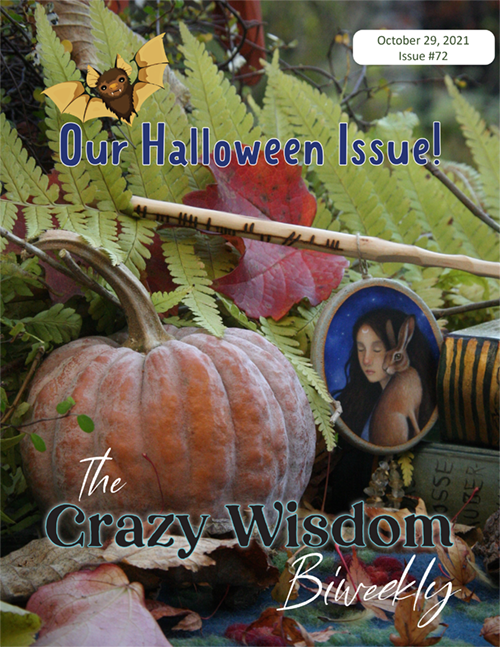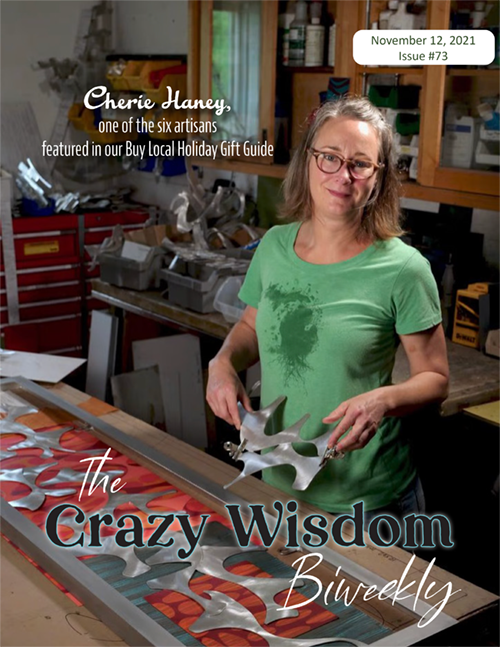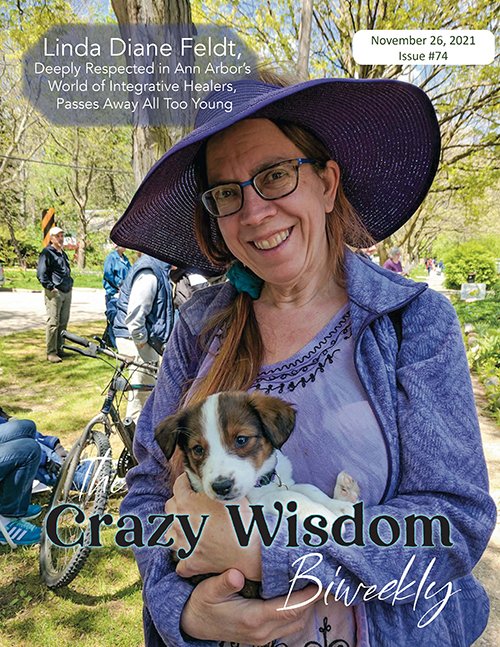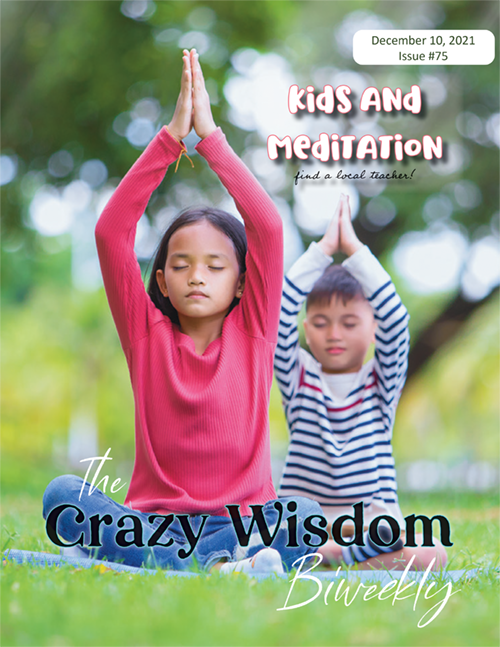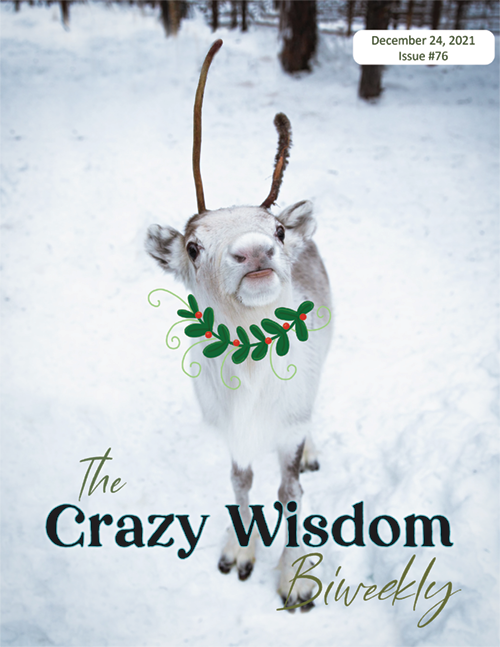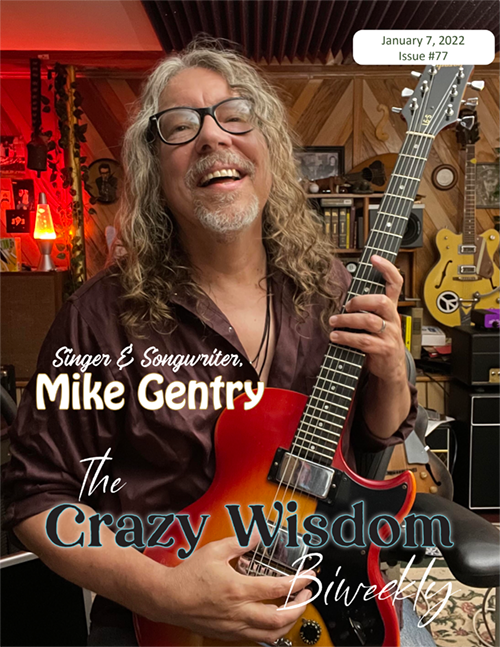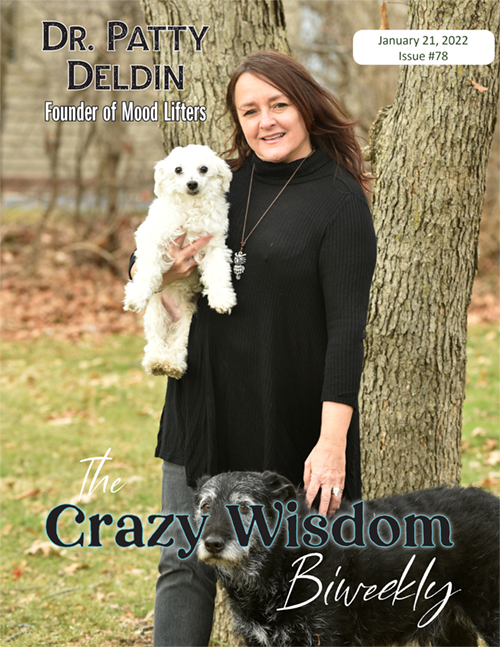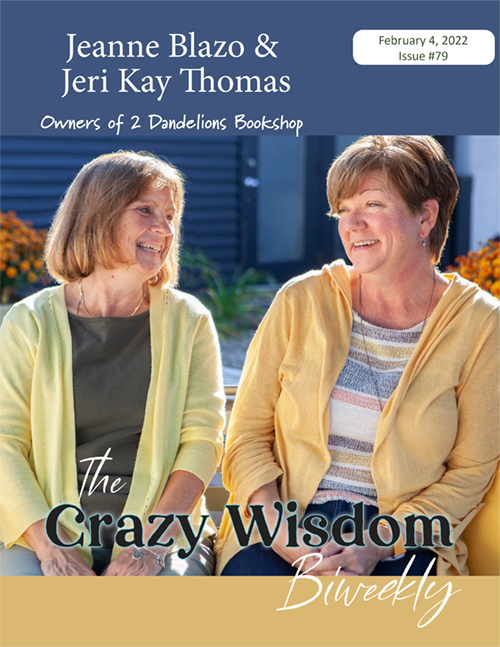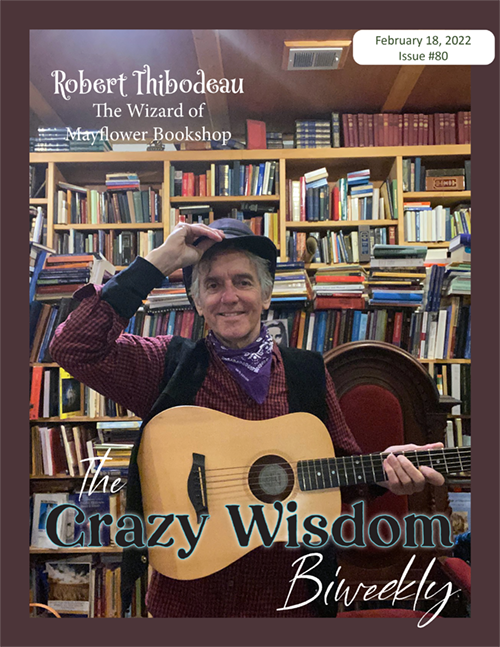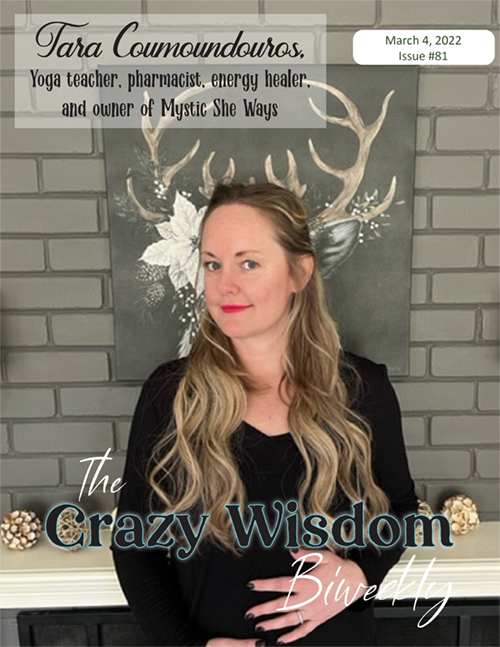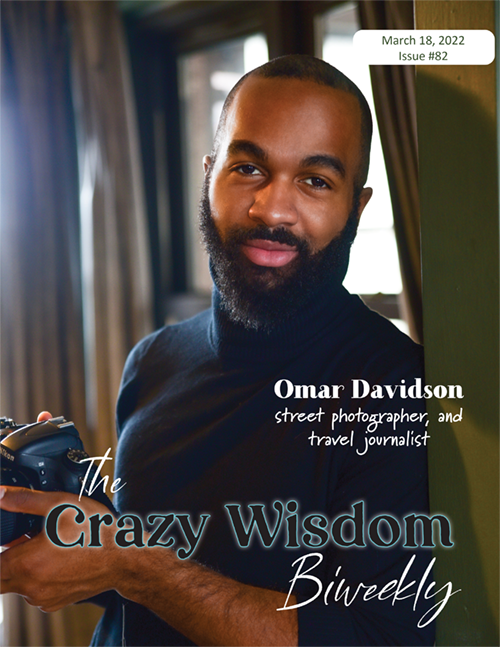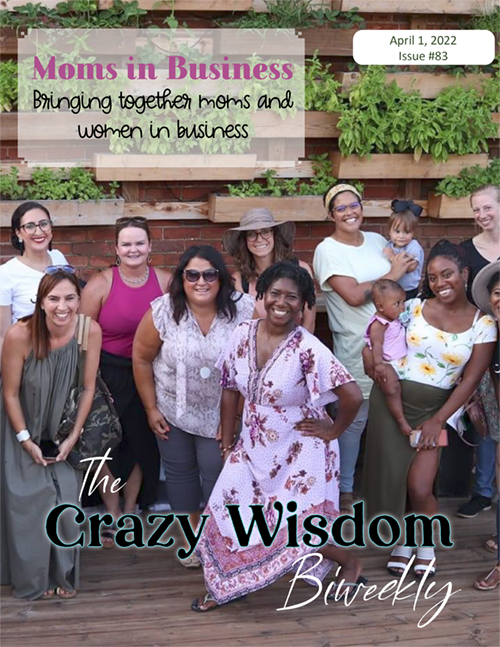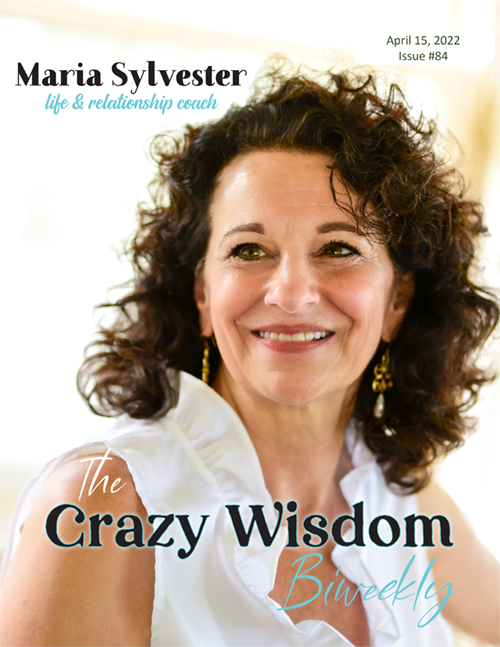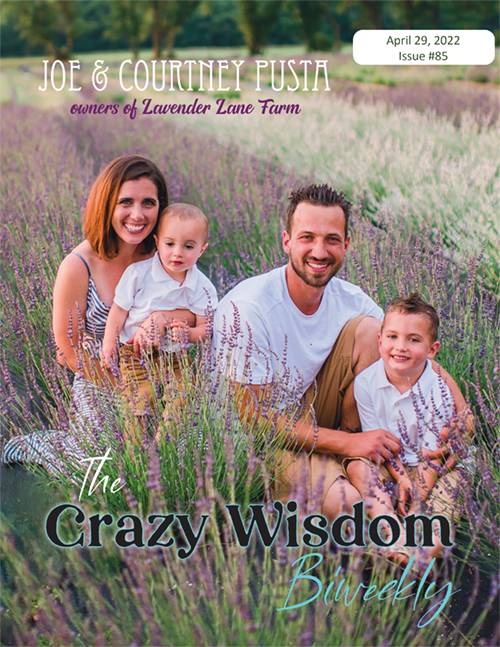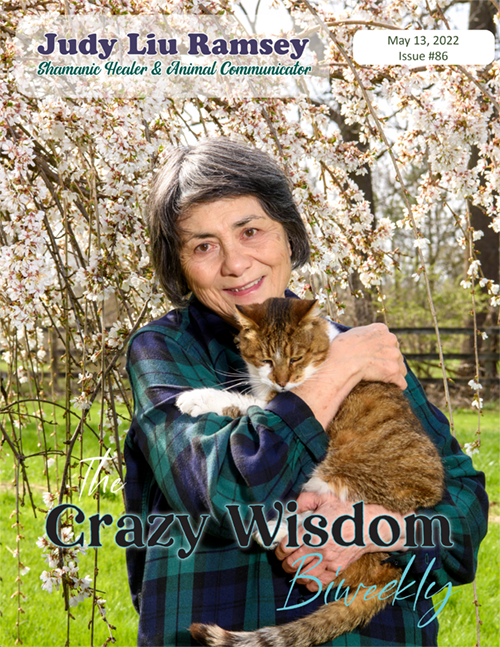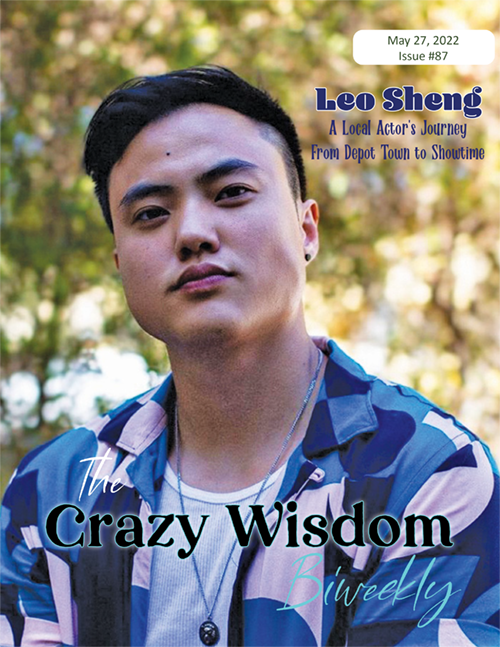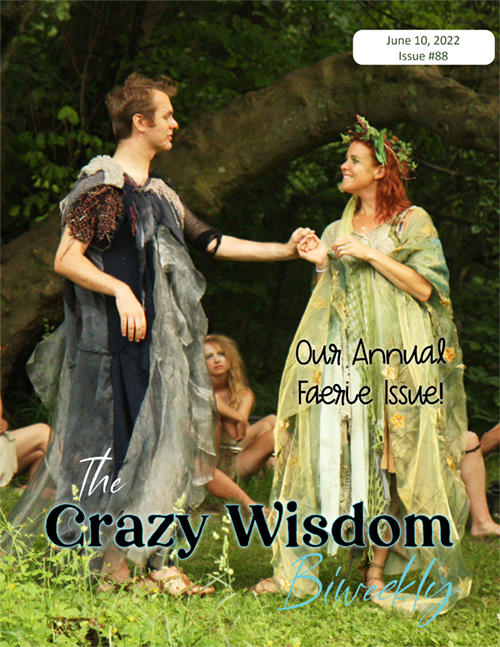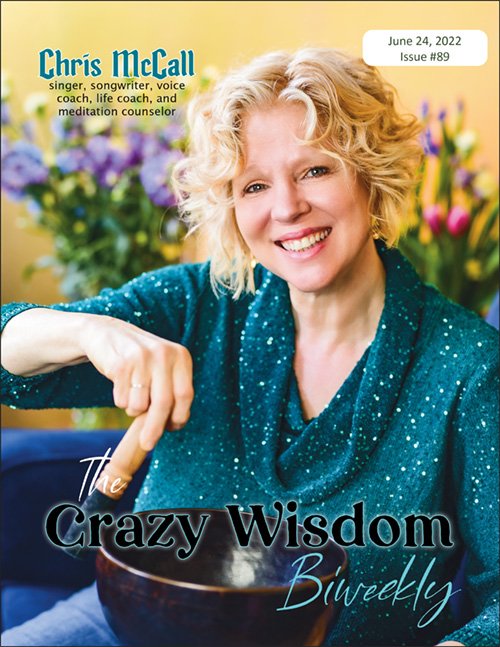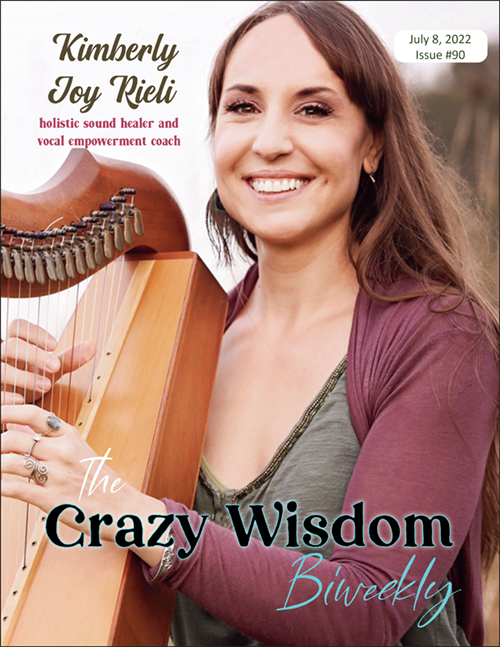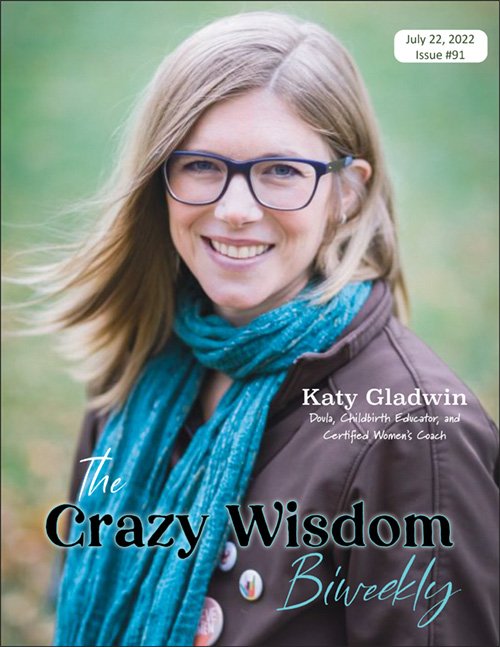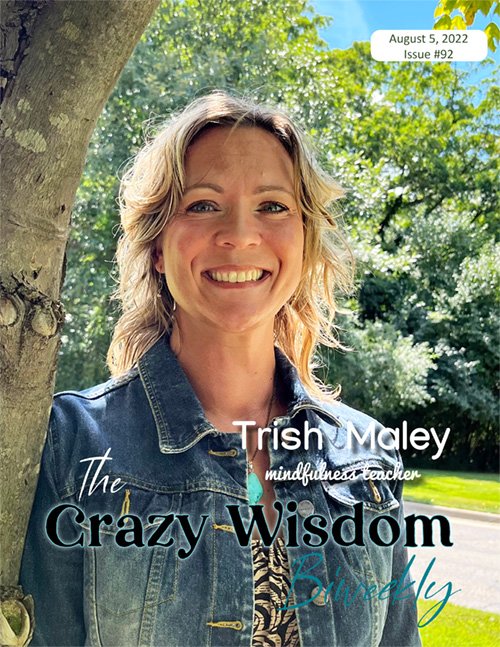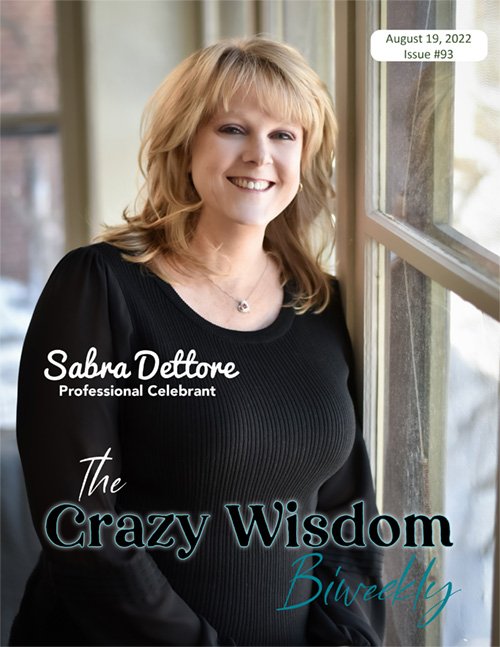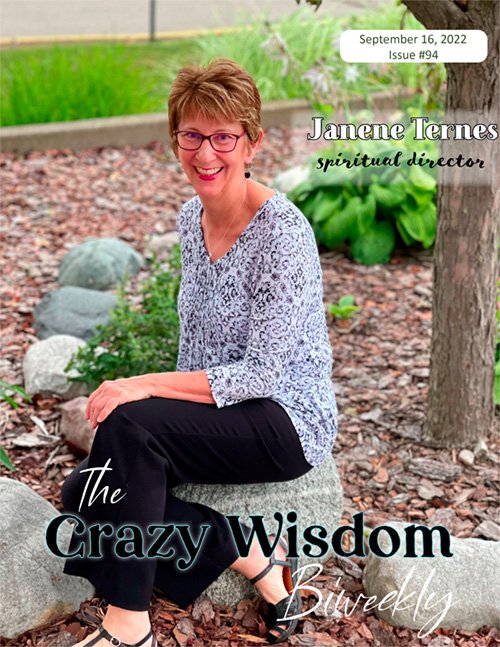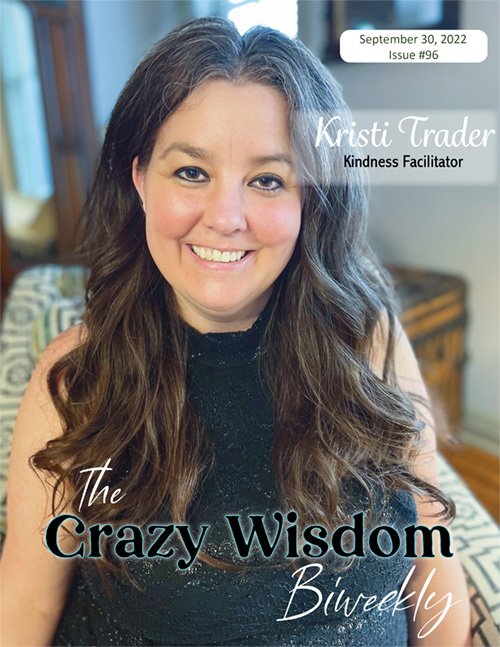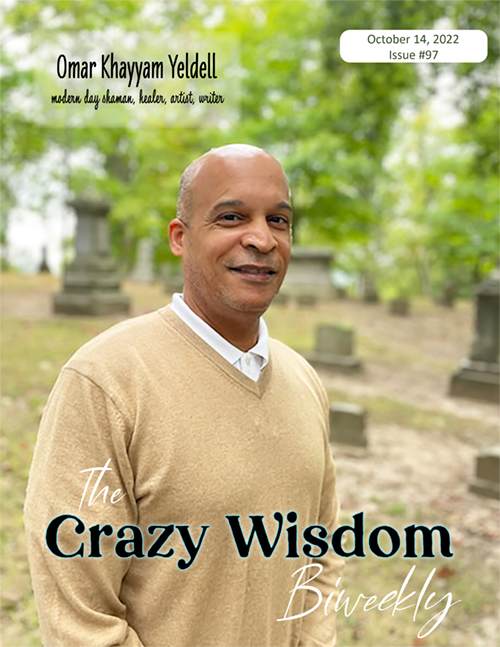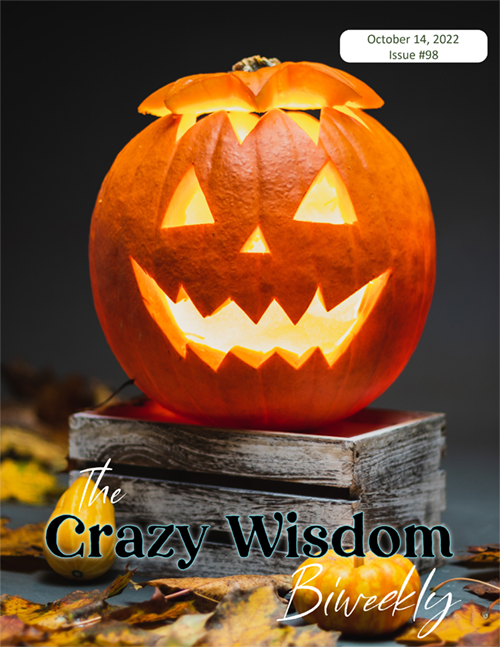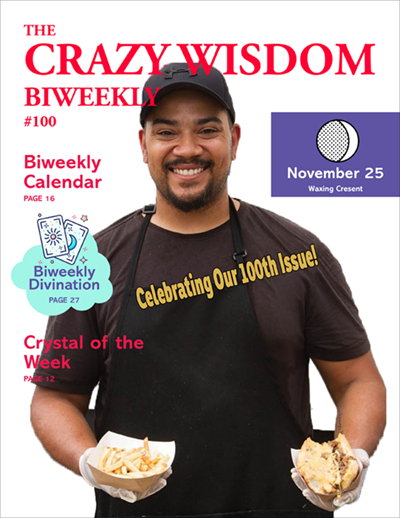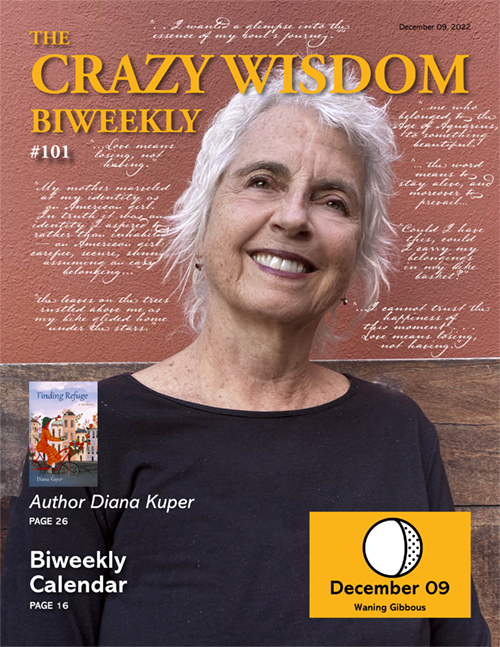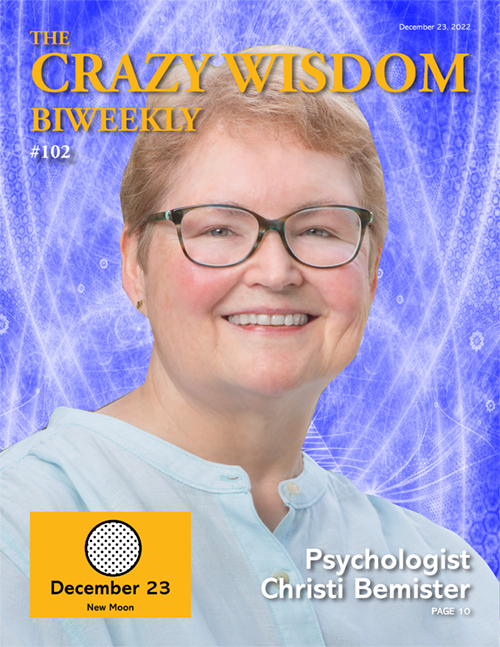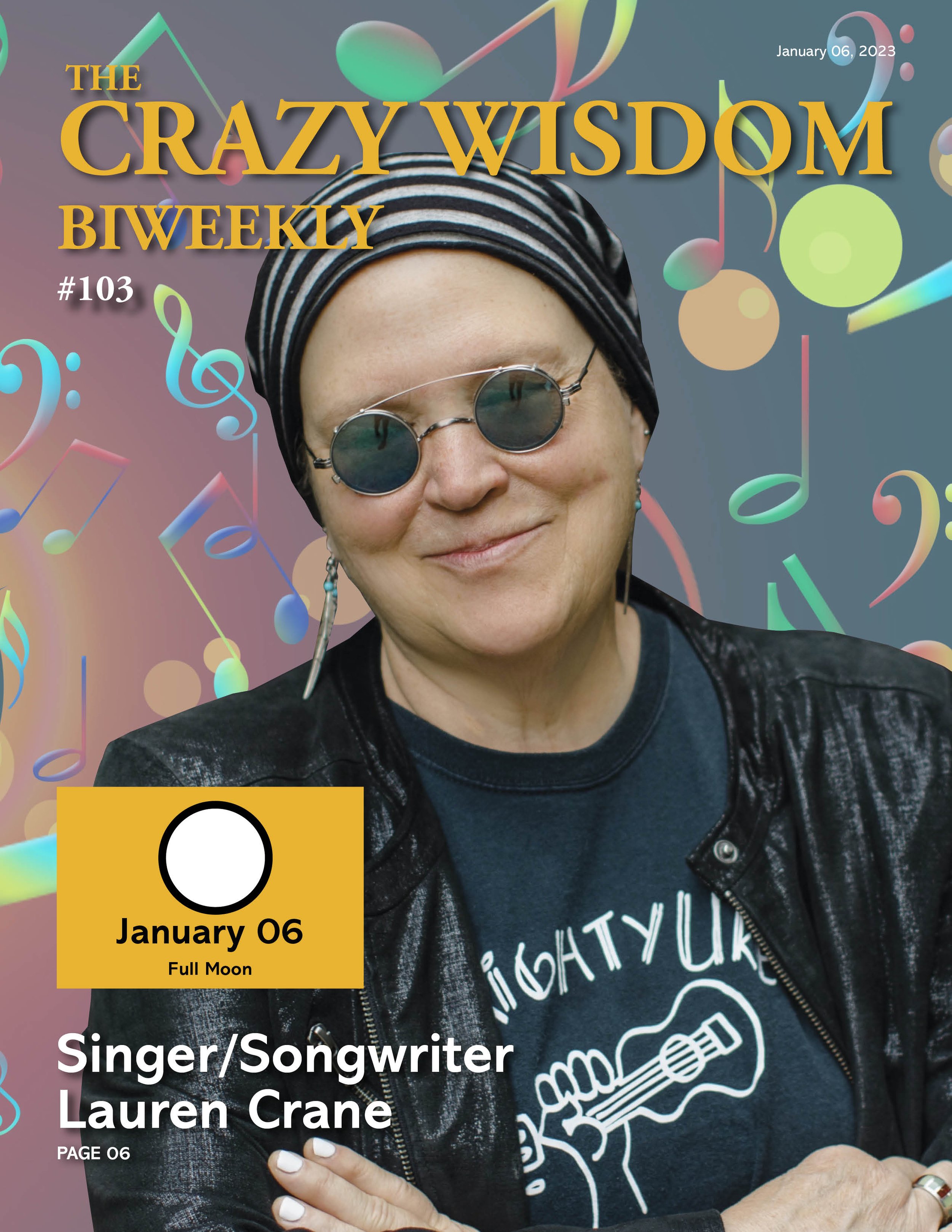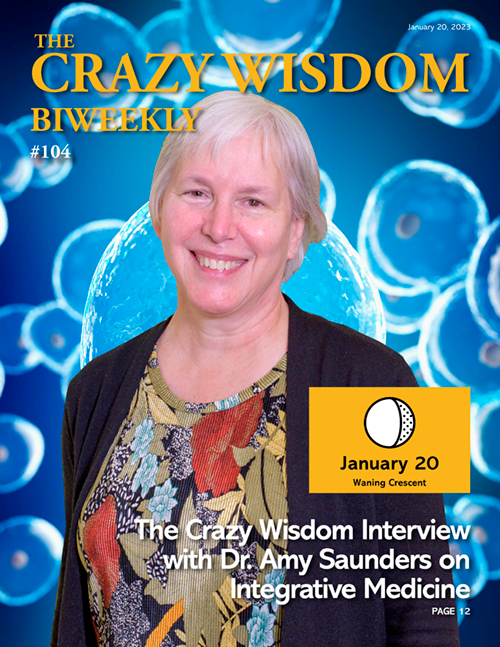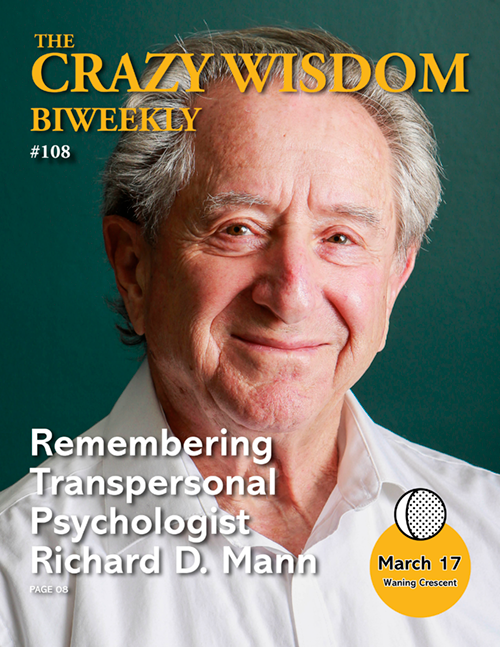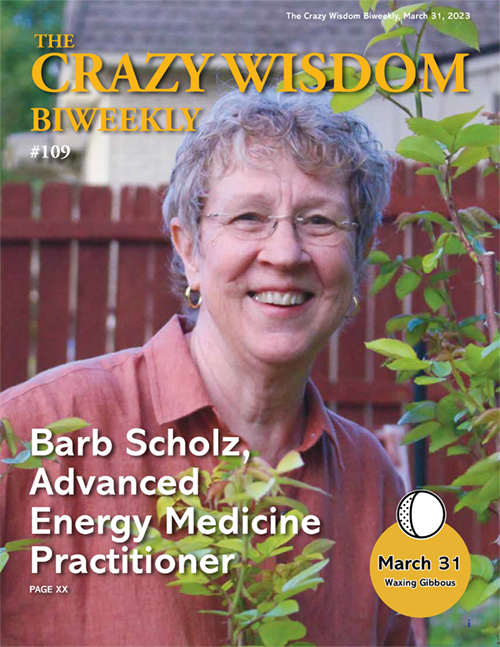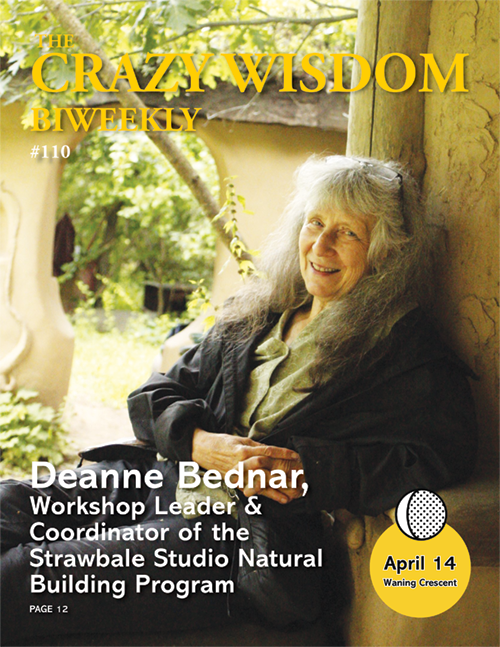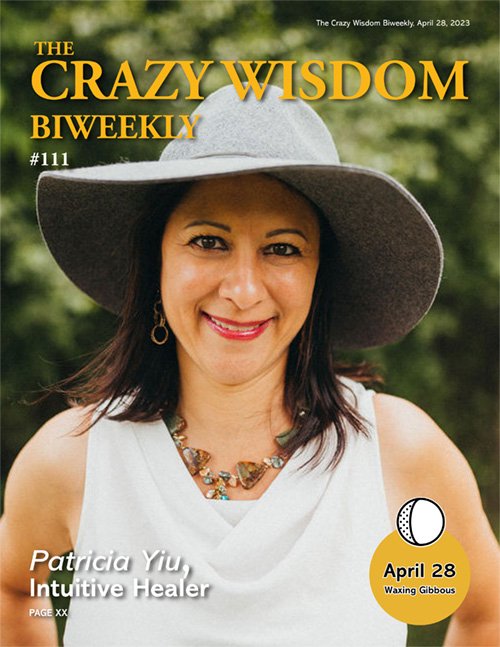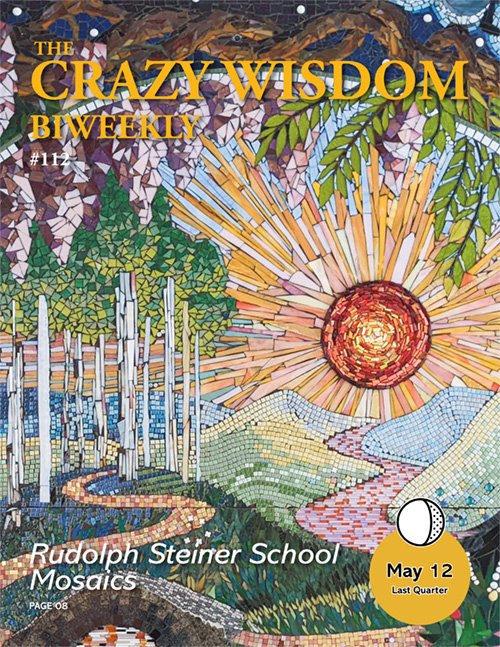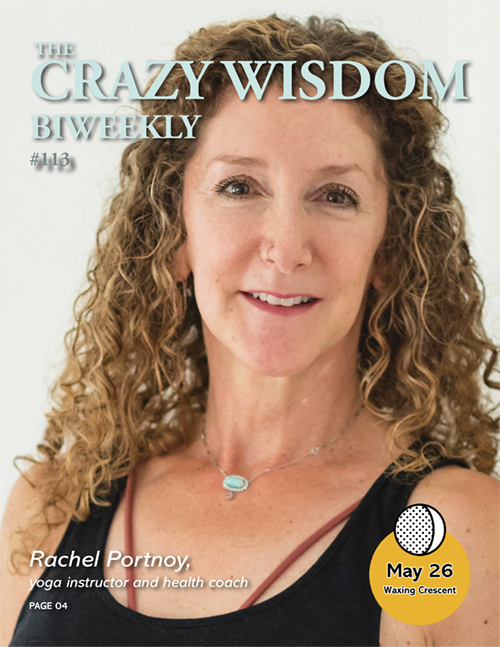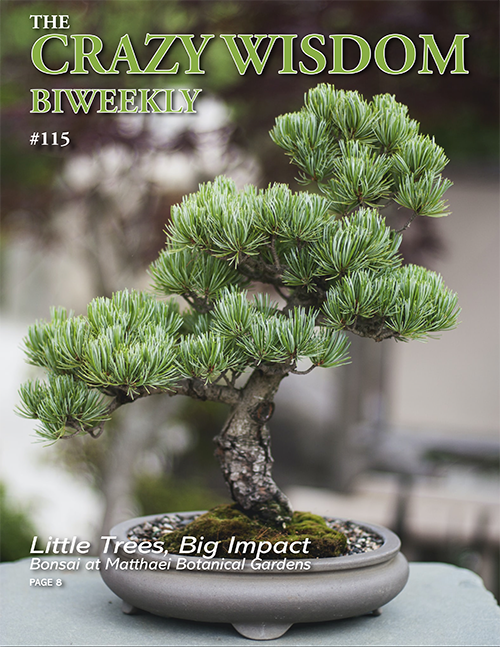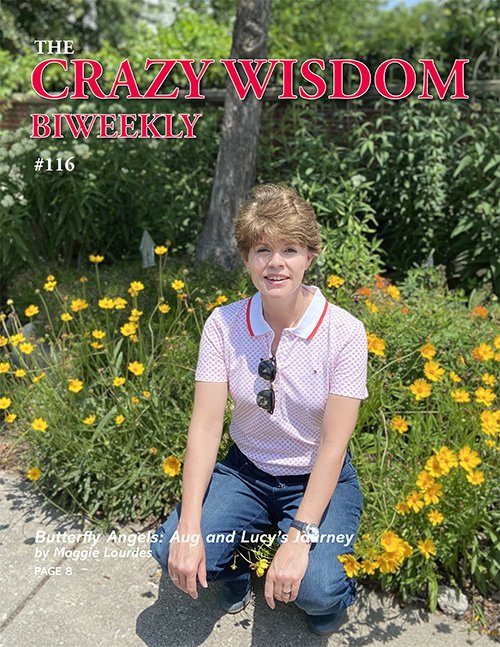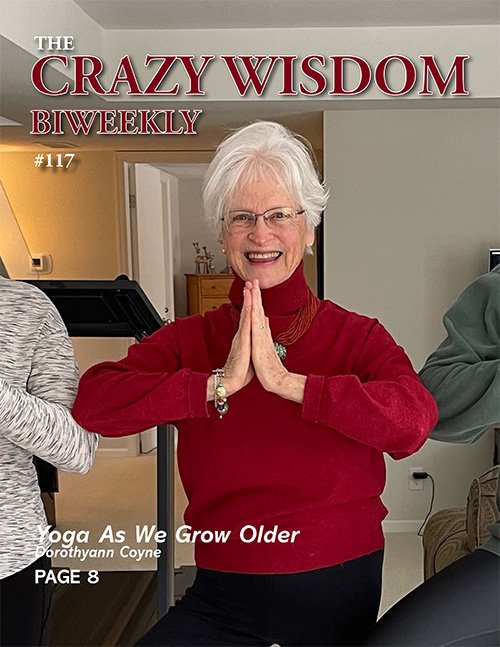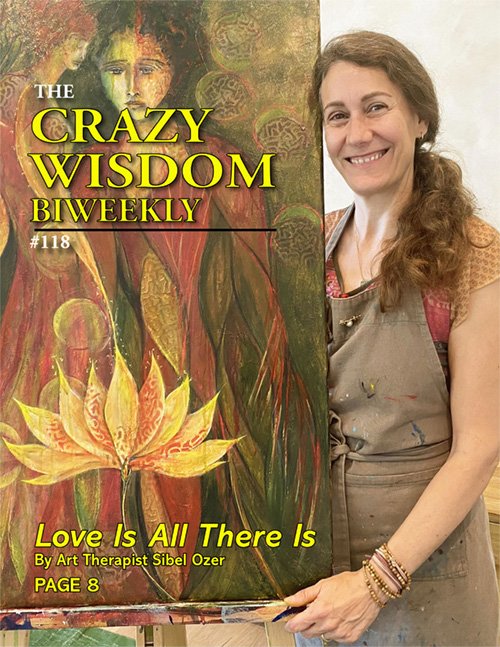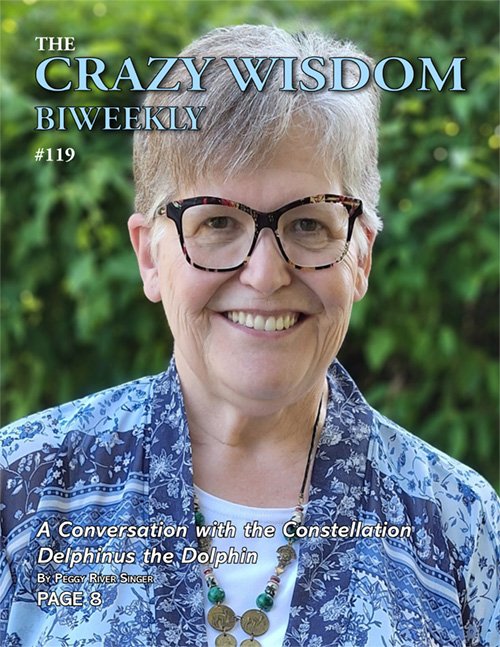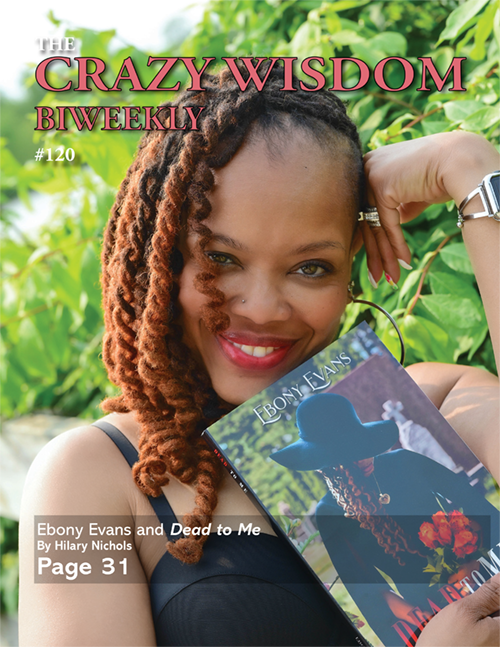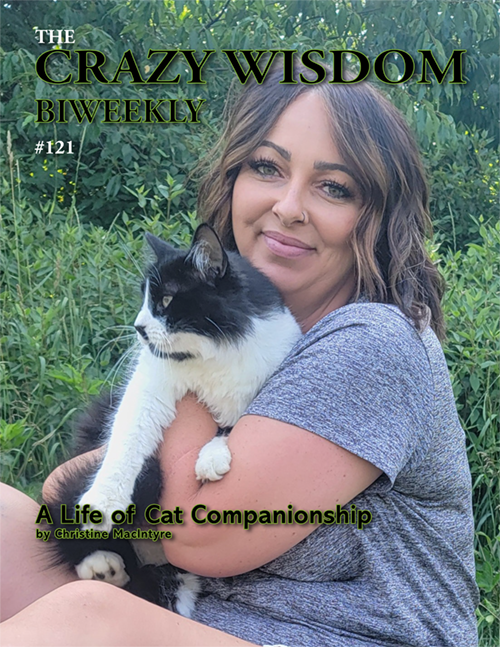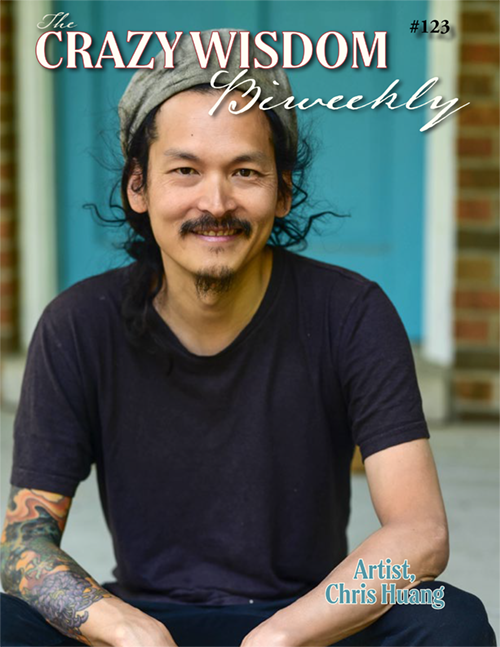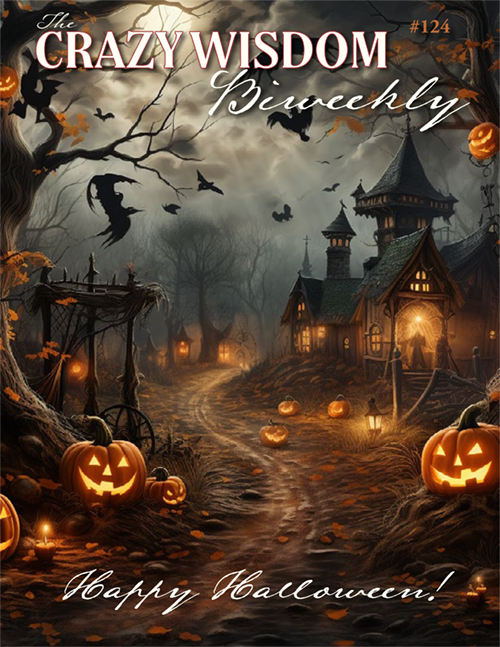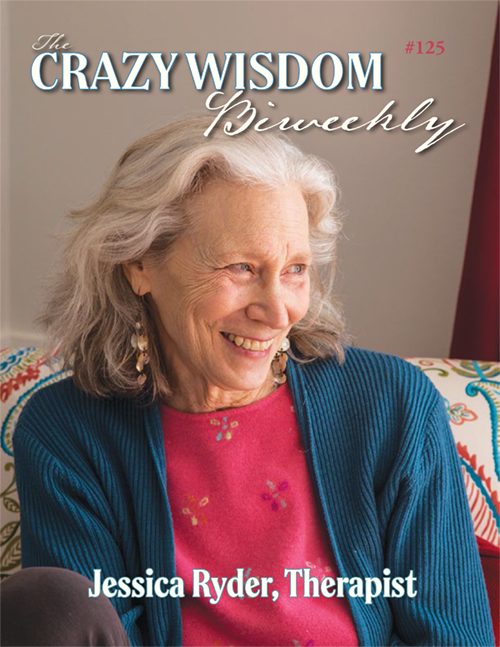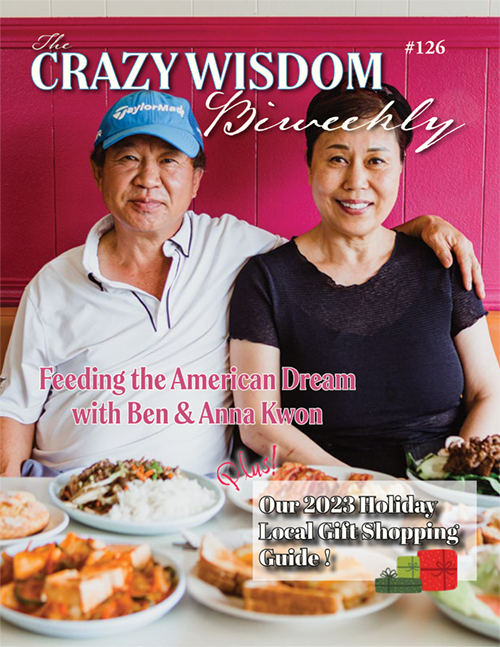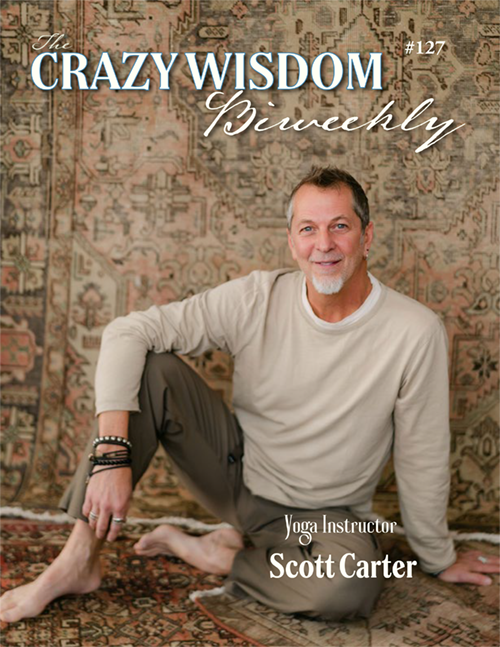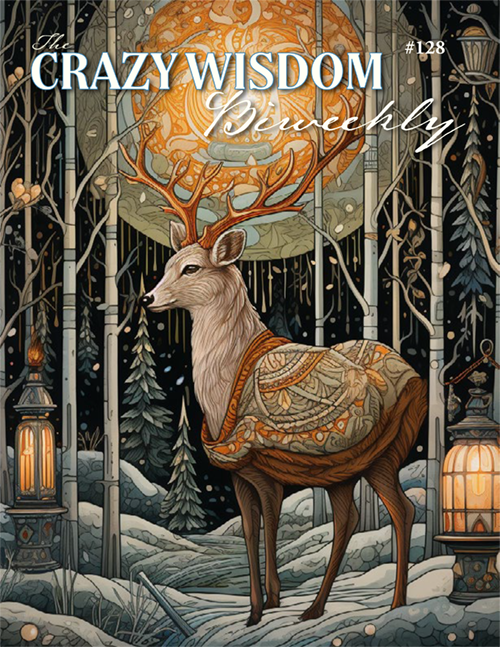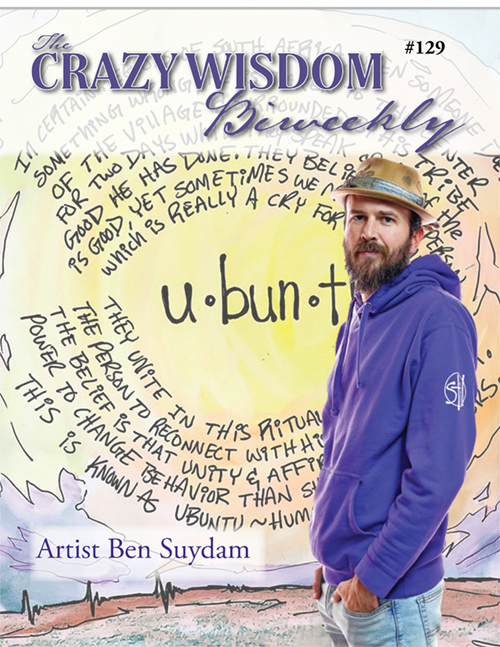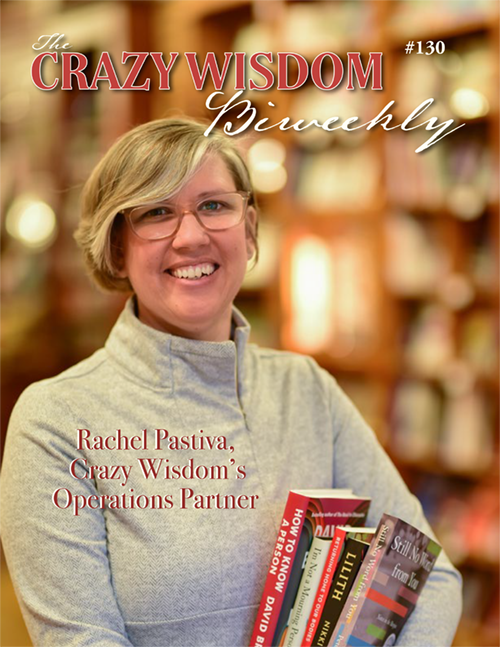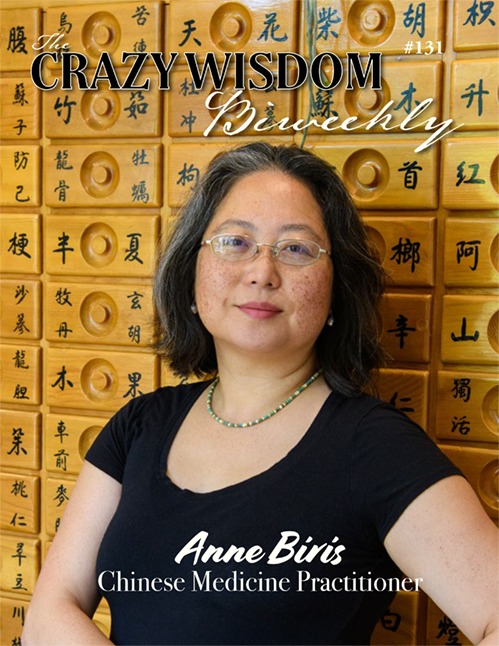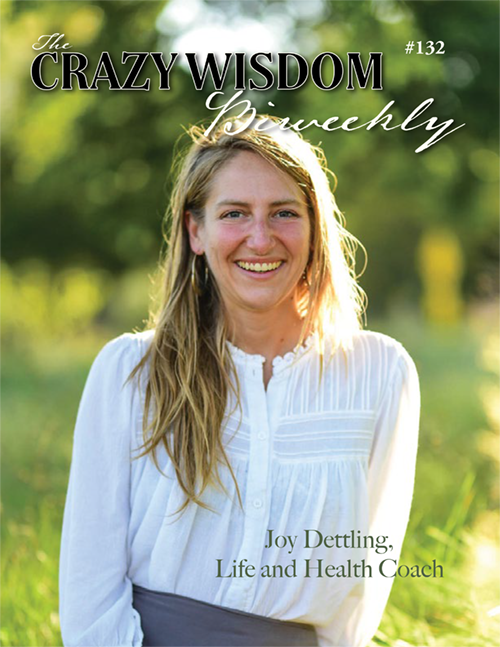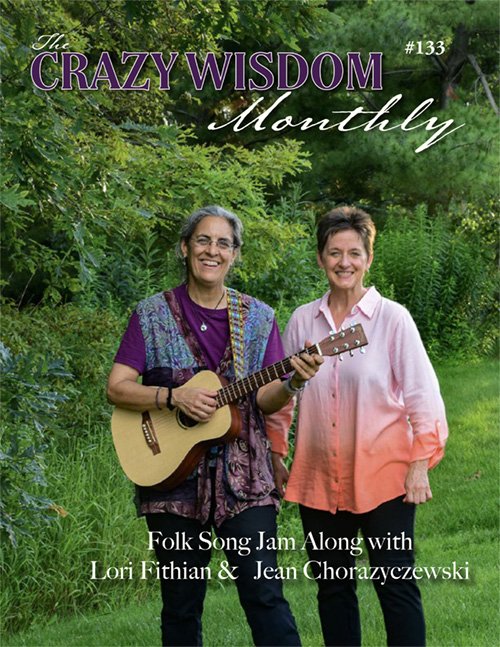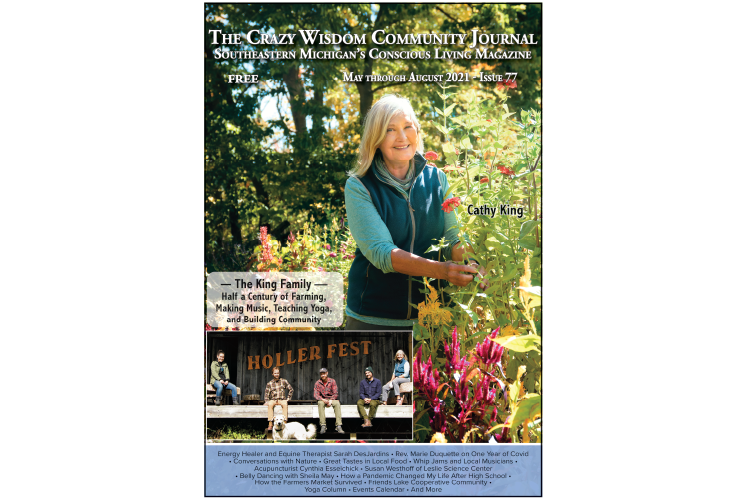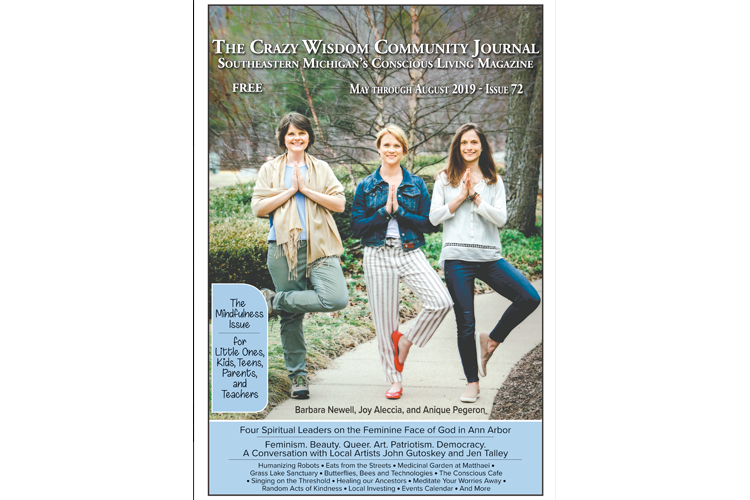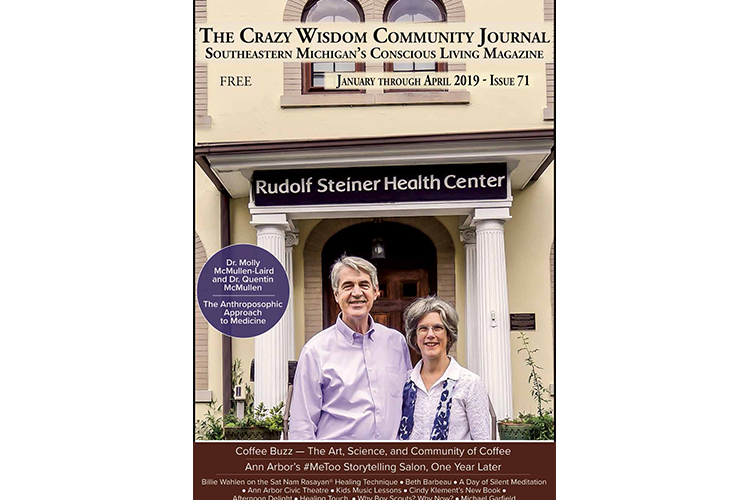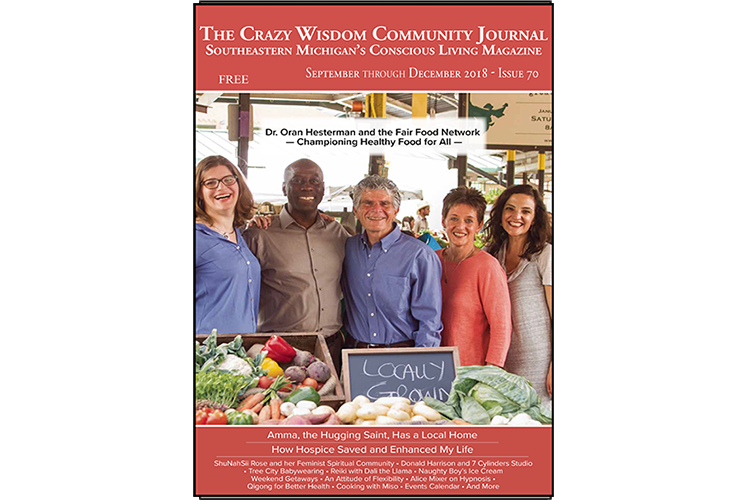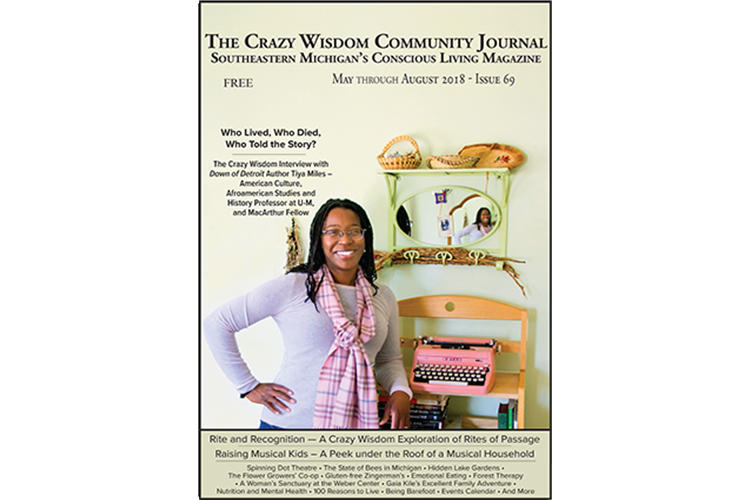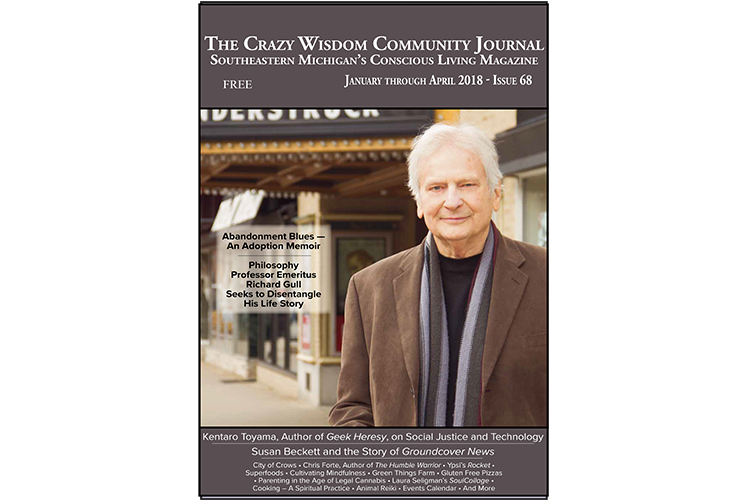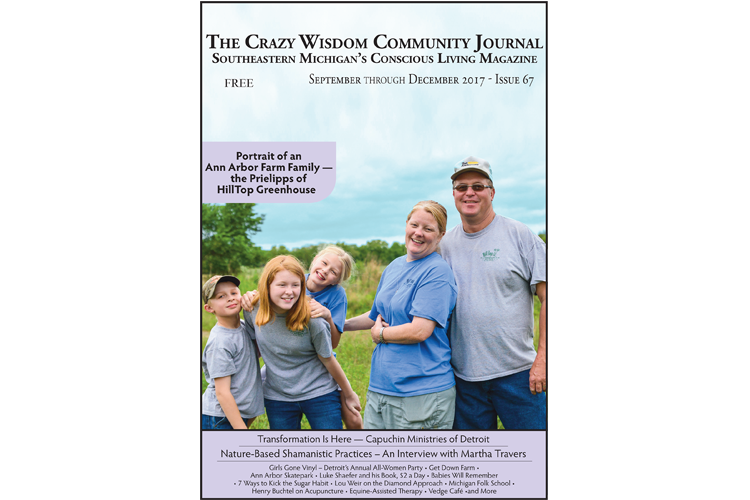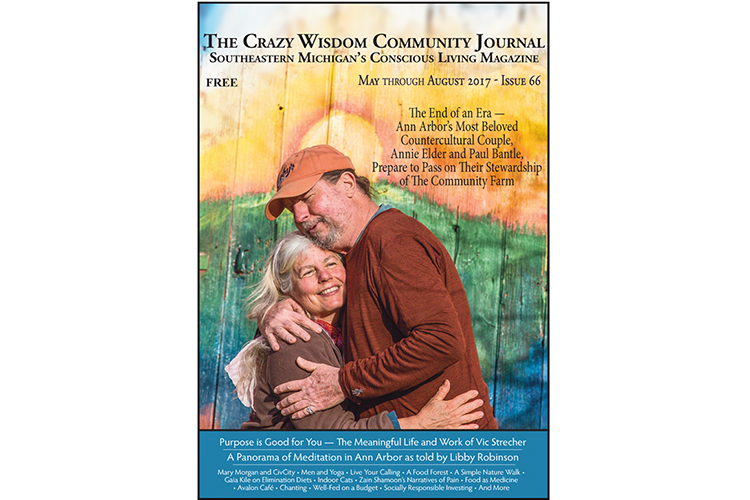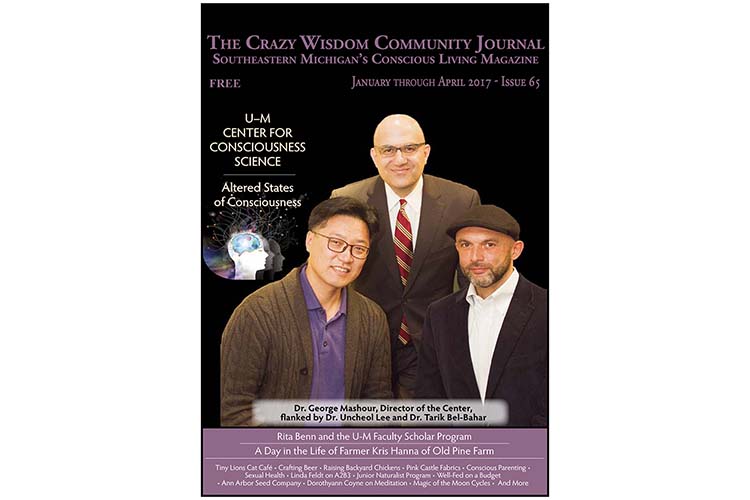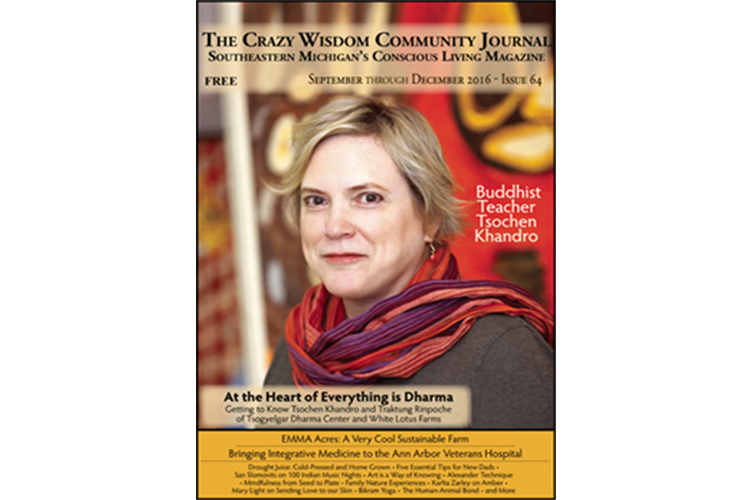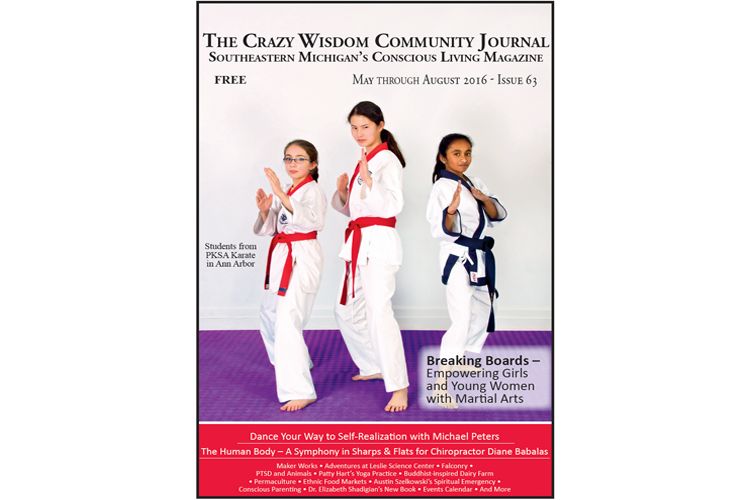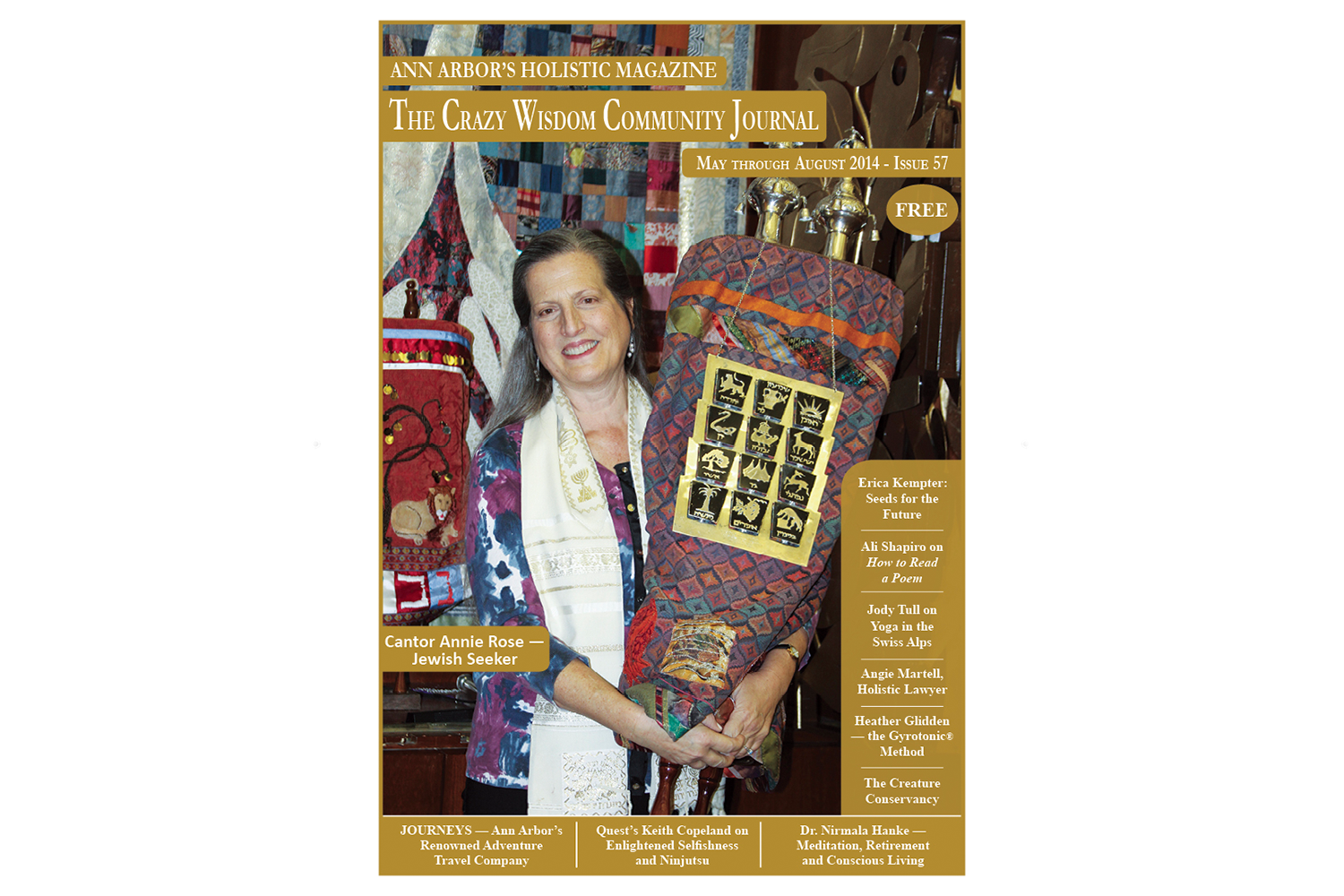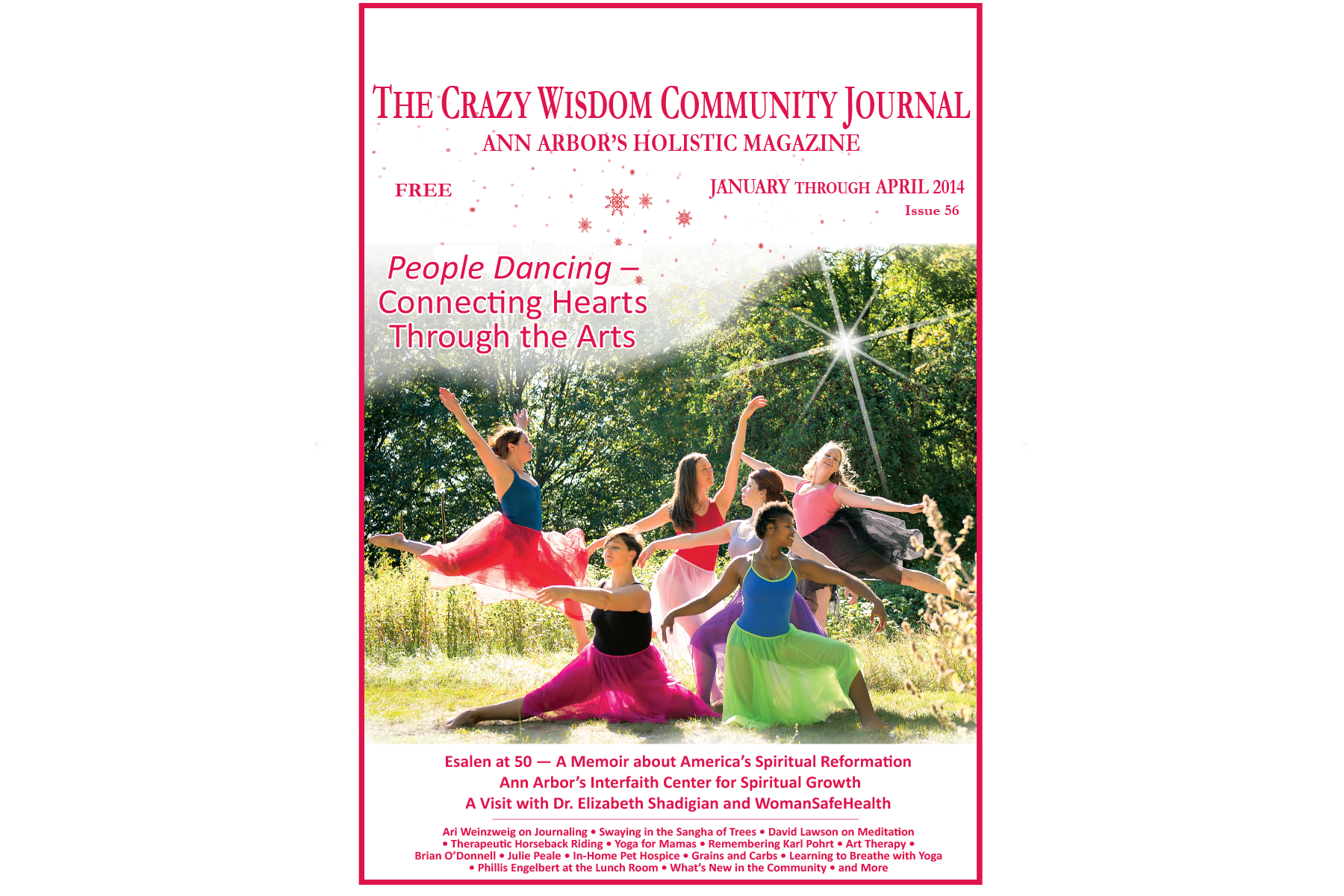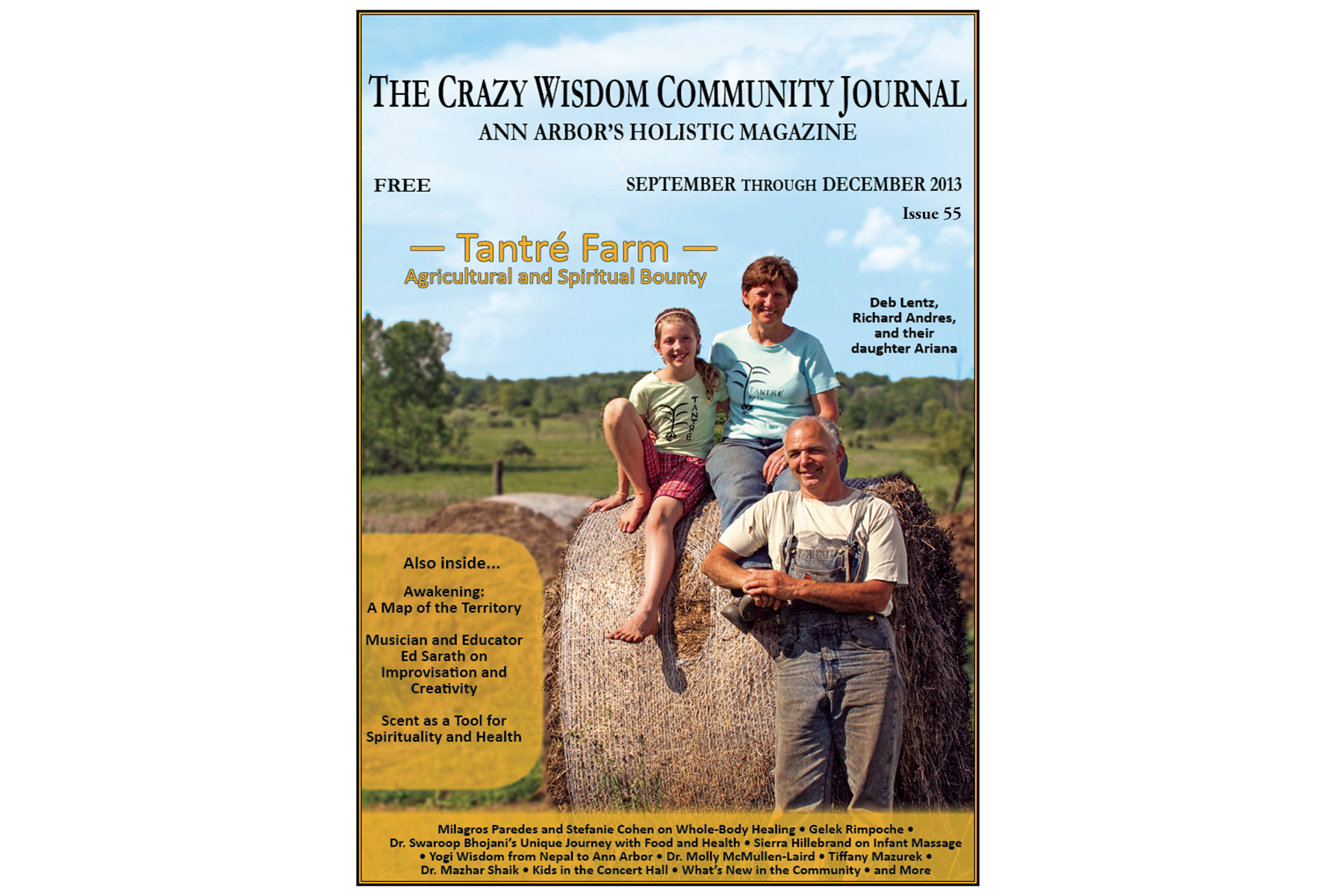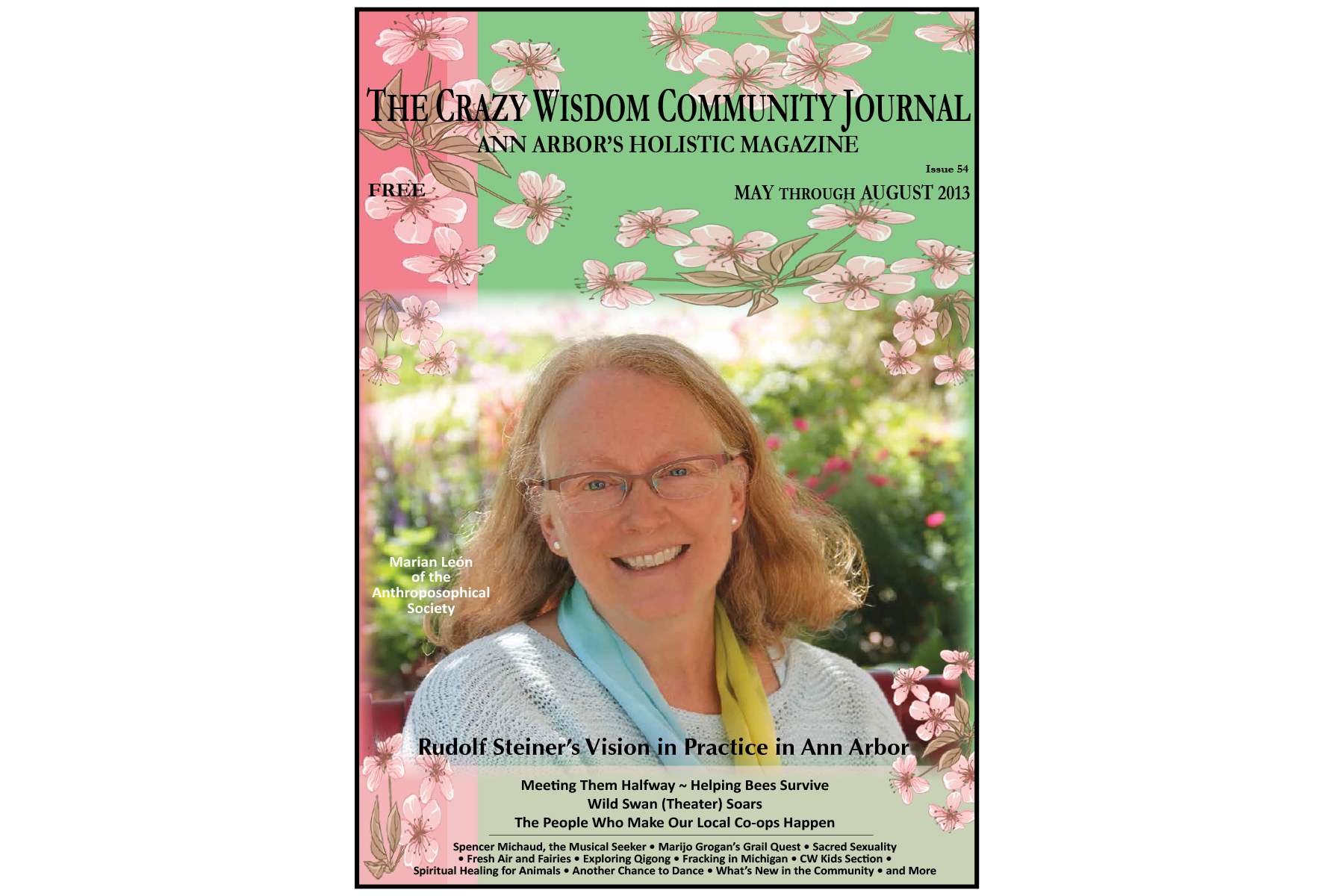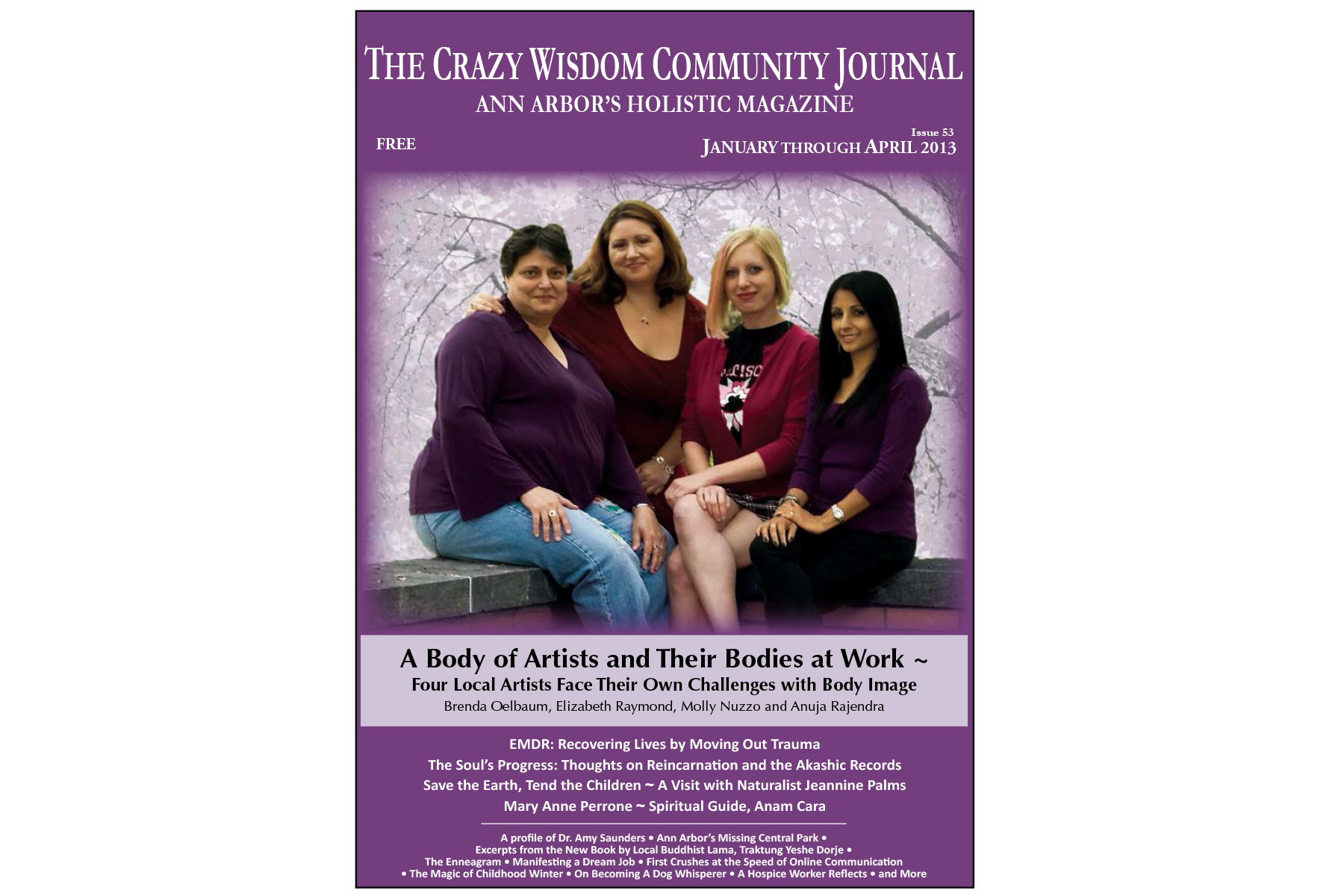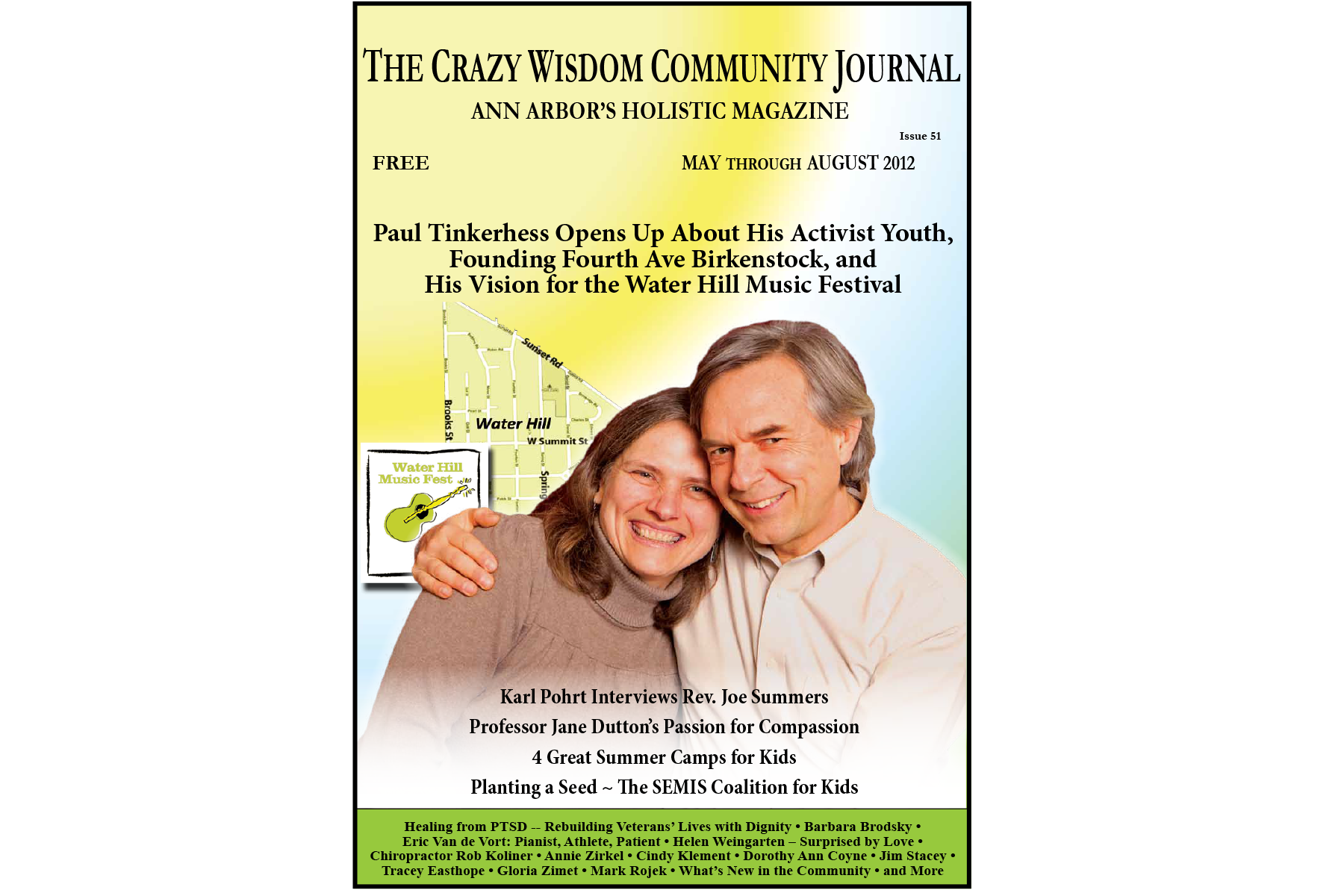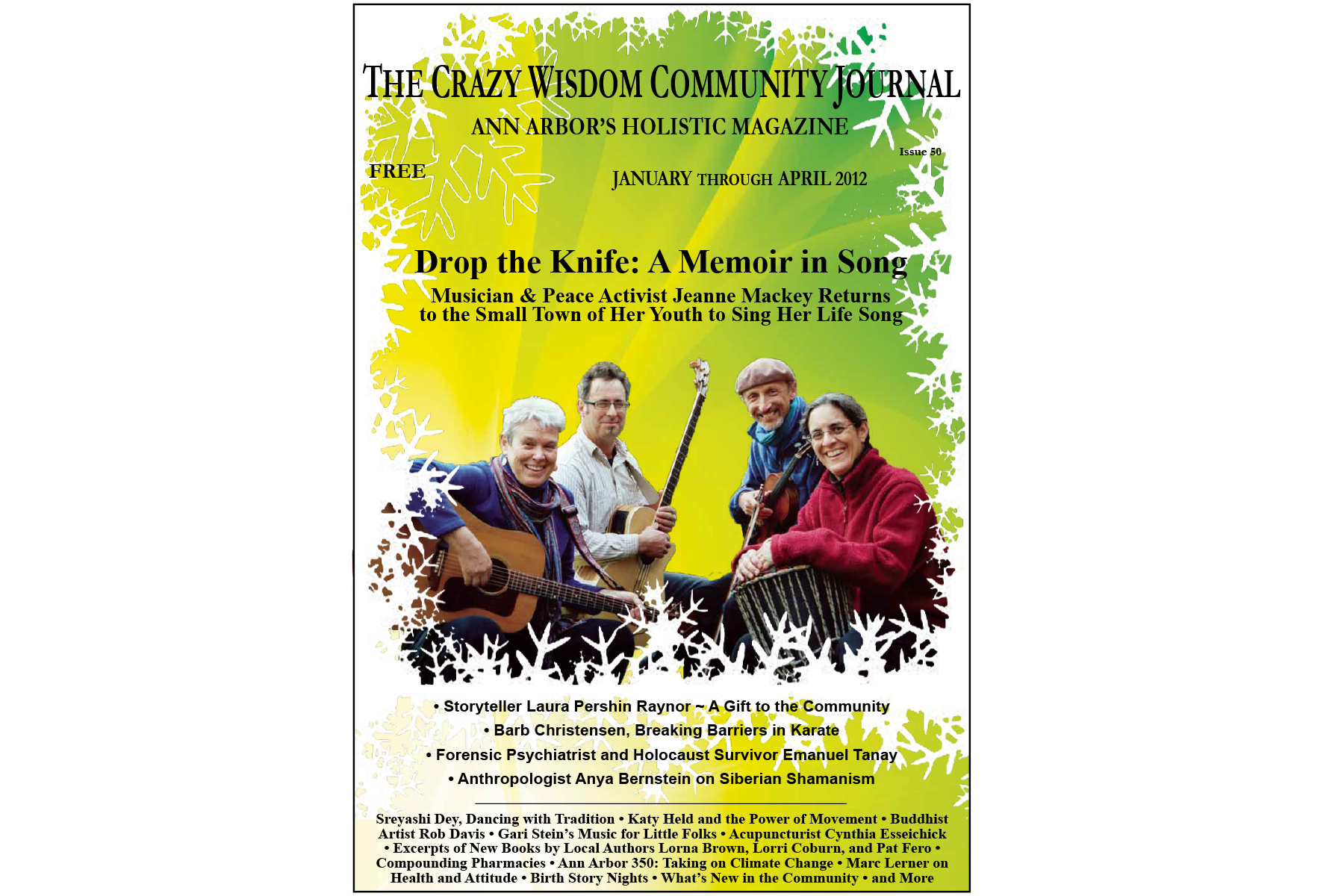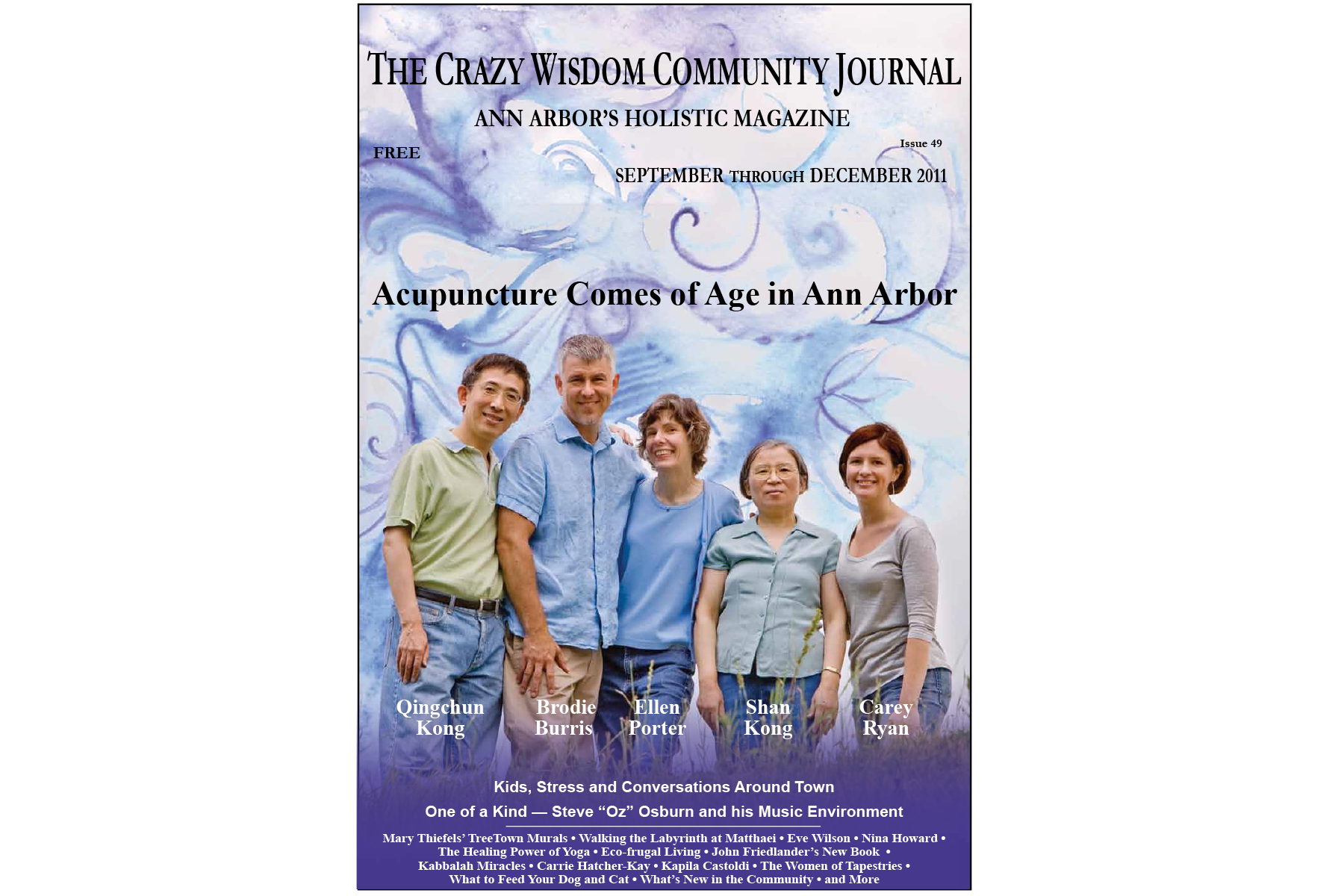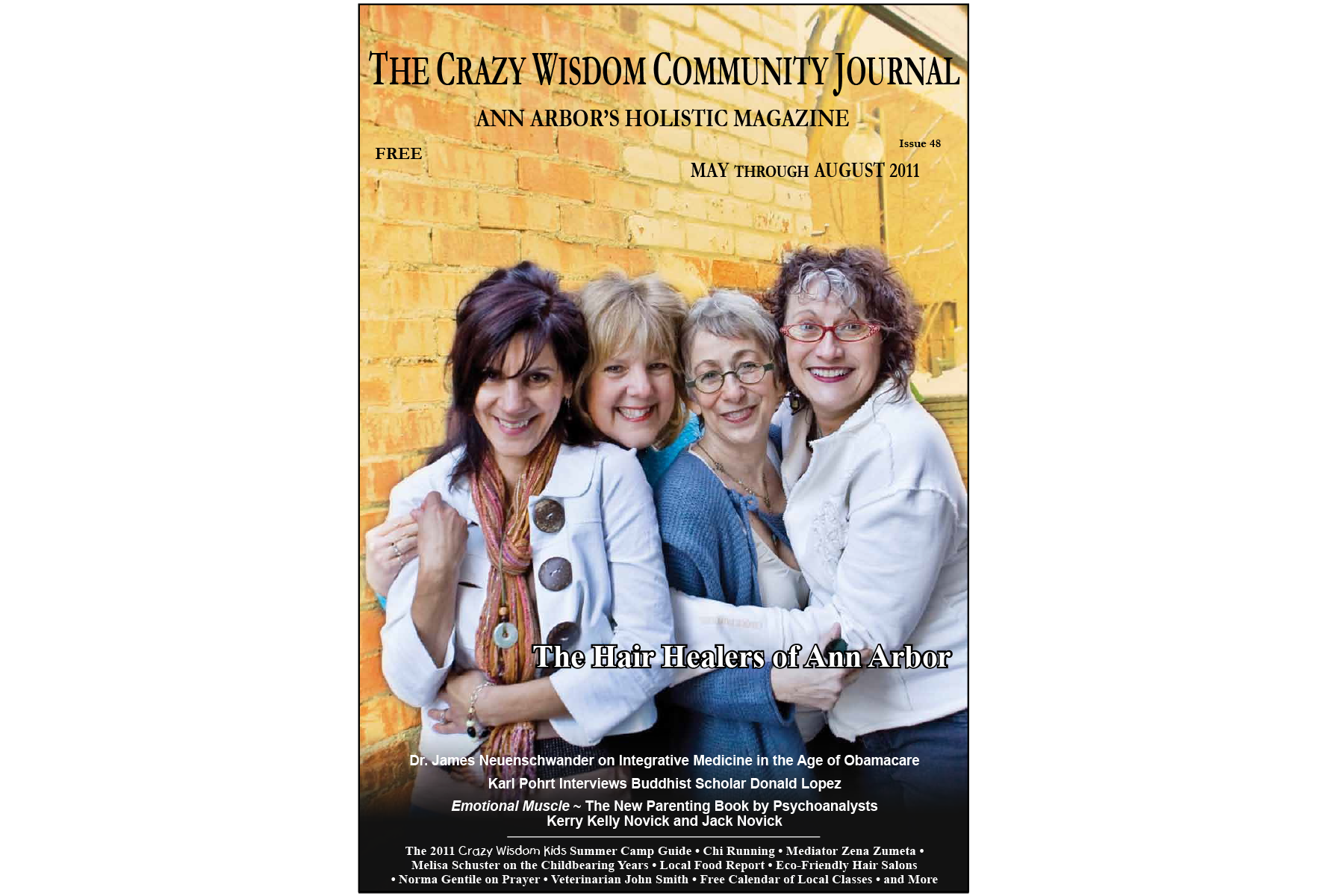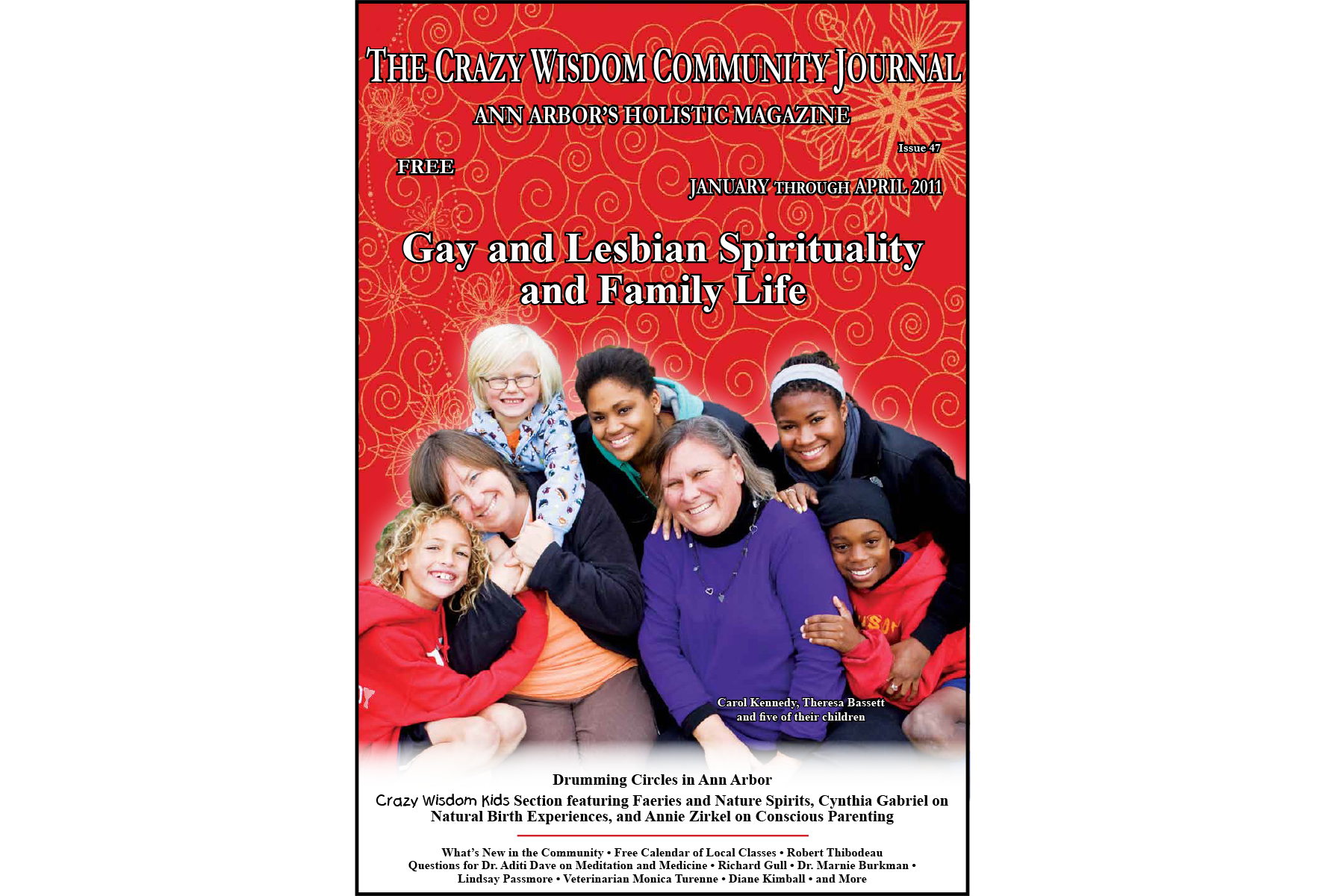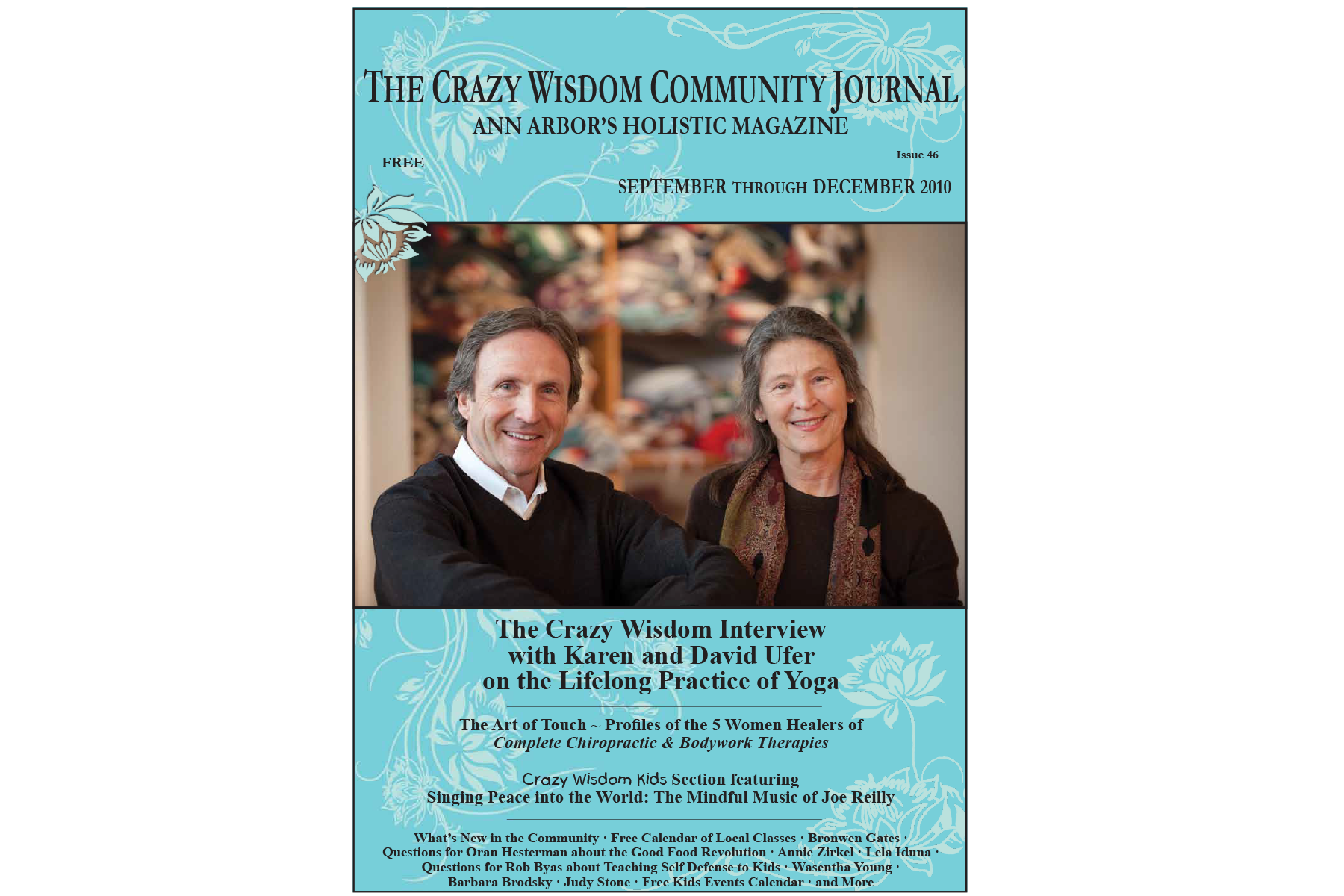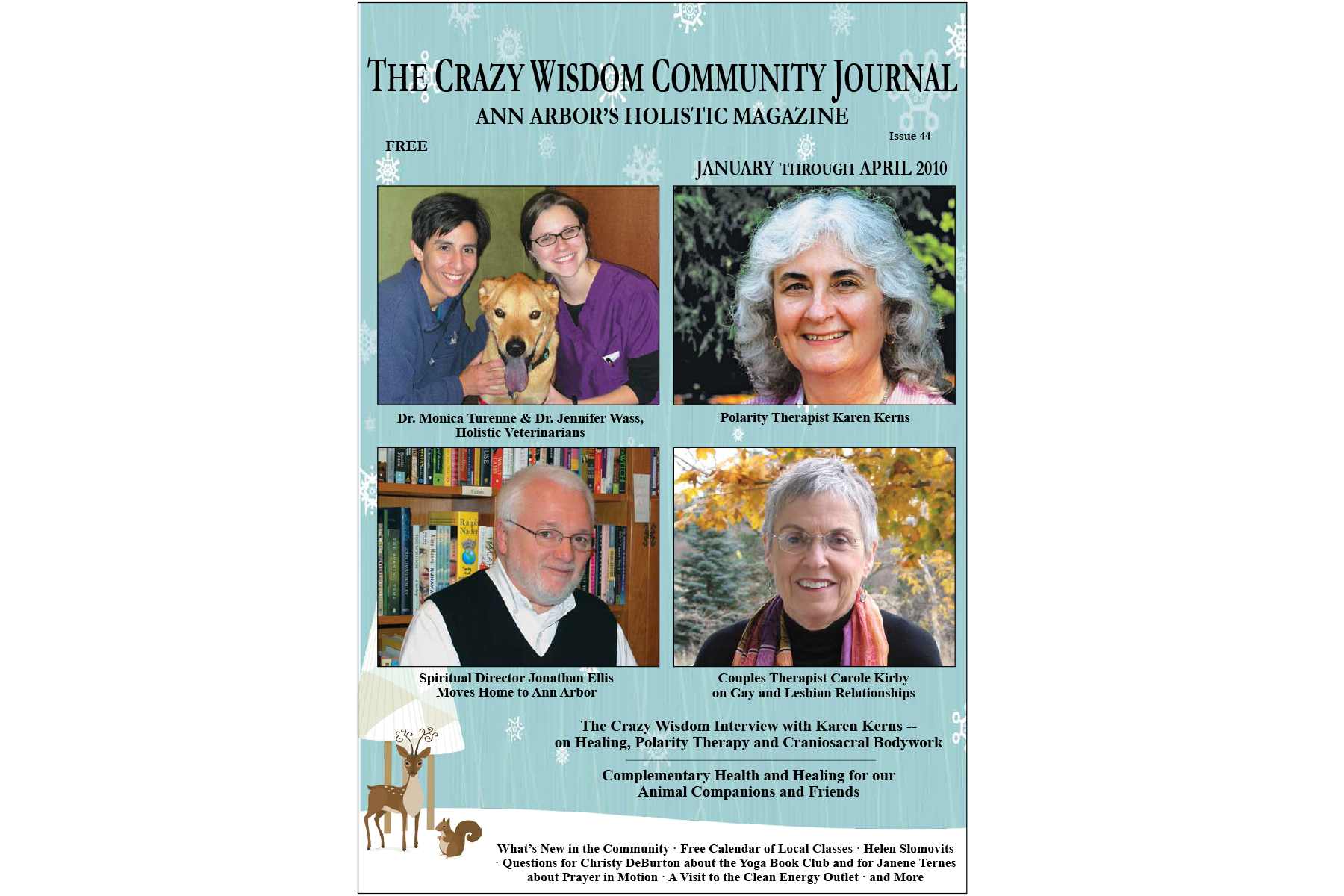By Samantha Hart
You may have heard it before — that you are the most important person in your life, and the more selfish you are, the more selfless you can be. I know, it sounded like baloney to me at first too, but hear me out. The word “selfish” — defined as being concerned primarily with one’s own personal profit or pleasure — has a negative connotation, almost synonymous with “self-absorbed.” It is the opposite of “selfless.” However, in life we are constantly striving for balance, whether it’s with work, relationships, food … so why should this be any different? The more we take care of ourselves, the more we are able to take care of others. So let’s take a moment to be selfish, because it is just as important to our health as eating our kale.
There are ways to find time for self-care throughout your day. For many of us who have running, yoga, or other physical exercise on our daily to-do lists, a big act in self-care is actually taking these activities off the list. Yes, that’s right! Let it be what it is — an act of love to our bodies and beings rather than just another item to check off the to-do list. Whether you run, swim, practice Pilates or yoga, let it be a moment for you — for you to love the movement of your body, become one with the breath, and feel the beauty of your entire being. When we change our perception about an activity from it being something that we have to do, to it being something that we want to do, we allow ourselves to truly absorb the experience. If you practice alone, you may realize that this quality time with you is the biggest treat you can offer to yourself, and in turn, offer your loved ones.
Moments for the self can also be found in moments of stillness. We crave quiet in times of chaos, but it never seems to become a part our self-care regimen. To sit in awareness is to bring a bit of bliss, beauty, and harmony to the you, me, and we. We can find stillness (meditate) in the morning to set the tone for the rest of the day, or we can meditate after work or before bed to help clear and calm the mind from the day’s stresses. With practice, it will become part of our routine, but for a lot of us, there just isn’t enough time to sit when there are kids that need to get to school, bills to be paid, and dinner to be made. To find self-care in stillness, it once again becomes about a change in perception — rather than thinking of meditation as sitting in a lotus position, chanting, swaying, and burning a sage stick from side to side, let’s think of it as an offering to ourselves (and to others), and maybe in this mindset, we can discover a different route to enlightenment and self-love. It can be as simple as turning your morning coffee or an evening glass of wine into a meditative moment. Wherever you enjoy that coffee or wine, close your eyes for a few seconds to enjoy the stillness. Here are some tips to find it:
Lightly close your eyes and begin to focus your attention inward. Savor the moment. Keep breathing. Soften your face, relax your grip, relax your mouth, relax your tension. Be in present awareness with the activity. Dissect each flavor, taste, and texture. Track the liquid as it goes into your mouth, down your throat, and into your stomach. Follow your breath in, hold for a moment, and follow it back out. Enjoy, linger, and savor the stillness — it comes and goes so quickly.
You could also take this meditation into the bath, if you try it in the evening, with wine or an herbal tea. Let yourself prepare a “selfish” bath, one that would normally take too much time to prepare for yourself but that you would gladly offer to someone you care about. Linger there in the stillness and afterward use scrubs and exfoliates (bought or homemade) to gently wash and massage the day away. Your body and loved ones will thank you for taking that 15 minutes to be with yourself, finding solitude and self-love.
All of the above are simply suggestions. An act of self-care is really just taking a moment for you to do what you need to do in order to be the best you. You do so much for so many. Though the days go by quickly and we always feel there’s a shortage of time, we can take a few moments for ourselves. Even if only for 5 minutes, allow yourself that time to be fully “selfish” so you can be selfless throughout the remainder of your day.
Samantha Hart is a wife, yoga teacher, and writer residing in Ann Arbor. She holds weekly yoga classes at Move Wellness and is available for private yoga instruction. She has conducted workshops around Ann Arbor and is currently working on a body image workshop to be held in 2016 for teenagers and young women. Sammy came to yoga because of her own body-image issues, and she tries to help others through movement, breath, and cultivating compassion for one’s own body. To get in touch, email sammyhartyoga@gmail.com.
